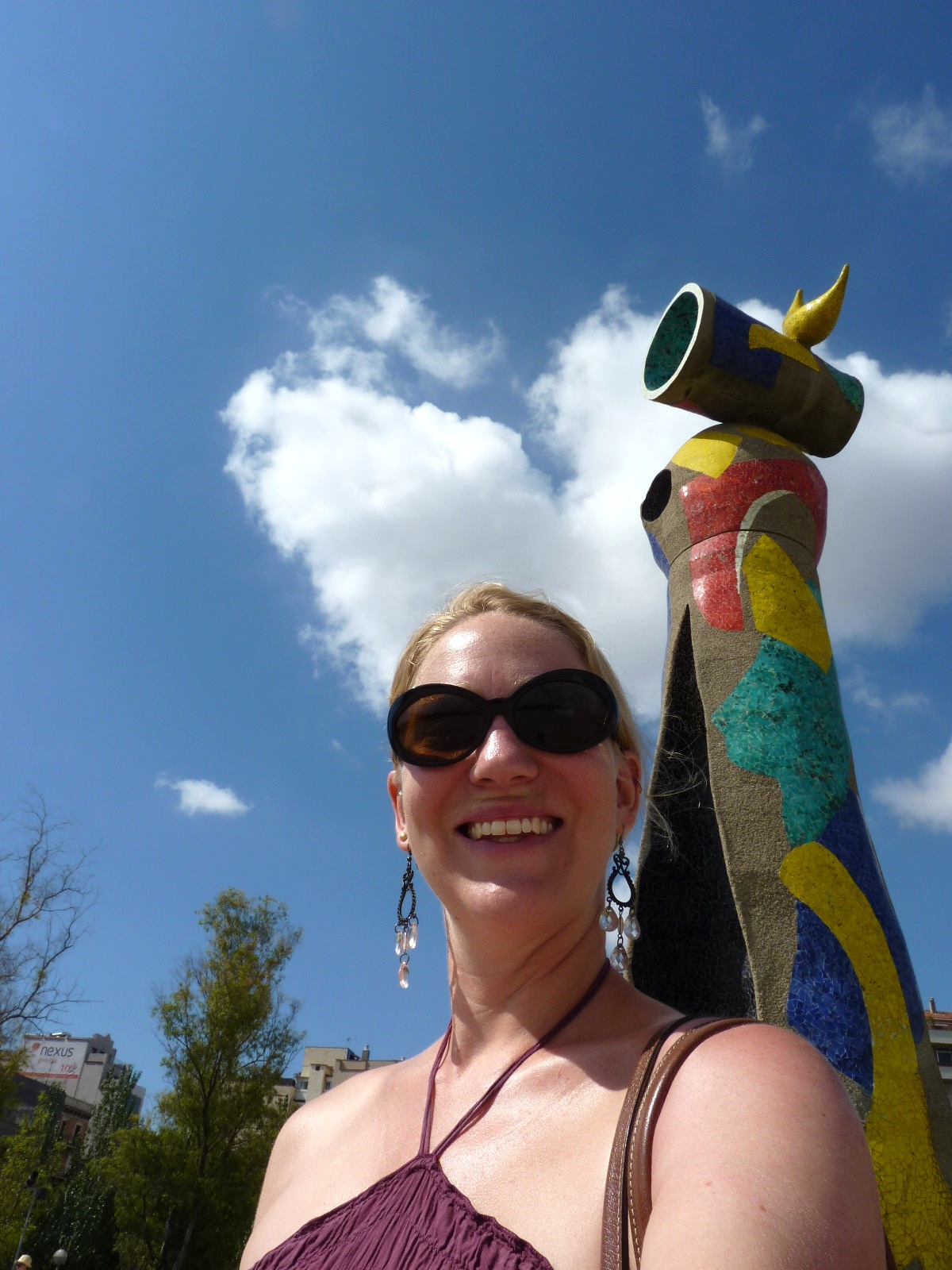Yes, I know that it's a week into 2014 and I'm stuck in the past, but forgive me. It was an adventurous year, so I'd rather be a bit late in reflecting before properly moving on to anticipate whatever 2014 has to bring. So I'm taking a moment to reflect on some lessons learned and some of my favorite moments. I've never been a succinct blogger, so feel free to settle in and enjoy. My Biggest Lesson
Life can happen in a bazillion different ways. Seeing how people around the world live their lives, make a living, care for their families and loved ones helped me realize that I don't need to adhere to the 9-5, American, live-to-work model if I can make something else work that's fulfilling. With a little creativity, I can shape my life in the way that is most fulfilling. A simple lesson, but also one that can be hard to stick to.
Incha'allah
I learned this phrase while living in Senegal in 2003, but now it's really stuck with me. It's Arabic and basically means "god willing." It's customary in any situation where one is not certain of the outcome to say, 'incha'allah' at the end of a statement, because, really, how can you be certain, and god willing the thing you're speaking of will come to pass. Example: "Jon and I are flying to Belgium and then on to Mali." Really? Are we certain? Incha'allah all that happens. It also presents itself in smaller situations. "Tonight, I'm making soup, incha'allah." Because, simply, it's not up to you. God willing all goes well and you can make soup. I actually love this sentiment, not so much for the religious aspect, but for the purpose of surrender. To me, it says that we should never be totally certain, but rather keep ourselves open to the possibility of something else.
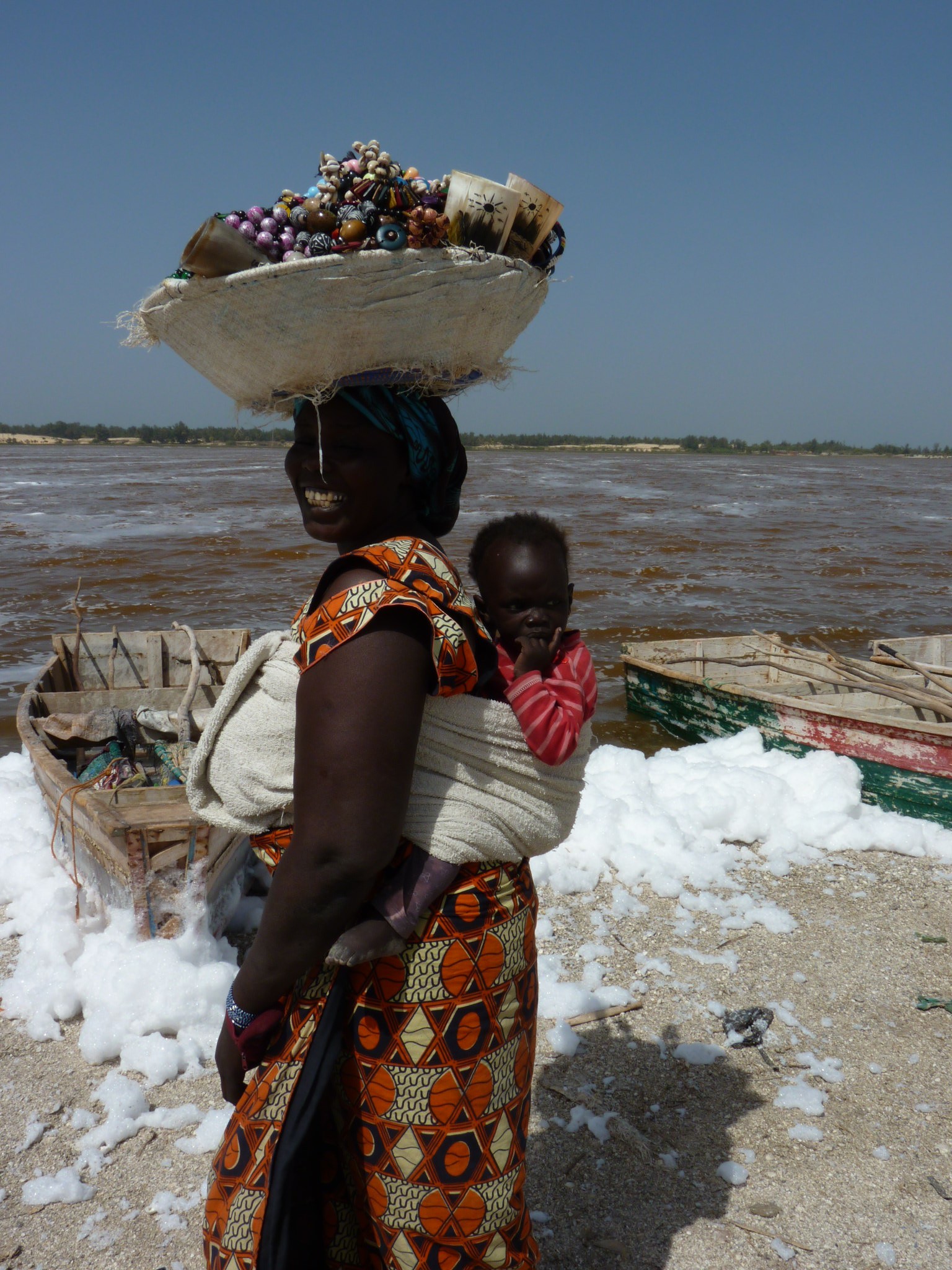
Know at least a bit of the language
As a travel tip, knowing something of the local language was hugely important. Not only is it a sign of respect and that you do actually have some reverence for the people that make up the country you're visiting, it can transform an experience. Example: Jon and I hired a car to visit Lac Rose outside of Dakar. Lac Rose is a pink lake that is no more than 3 meters deep, and is the center of an extremely robust salt industry. It's a pretty touristy place, and so one has to be prepared to get hassled - a lot. We were walking along the shore when sure enough a woman came up to us to hawk her trinkets. She said hello and bonjour, and I replied with, "Yo! Na nga def?" which is the wolof greeting for "hello! how are you?" She was delighted to say the least, and instantly went from someone trying to make a buck to a kind local who ended up giving us a complete history of the salt operations, as well as introduce us to her relatives who were standing by. It ended up being a really pleasant exchange, all with the help of a simple phrase. Case in point and lesson learned: be open to locals, don't just treat them as people trying to take advantage, and know a bit of the language.
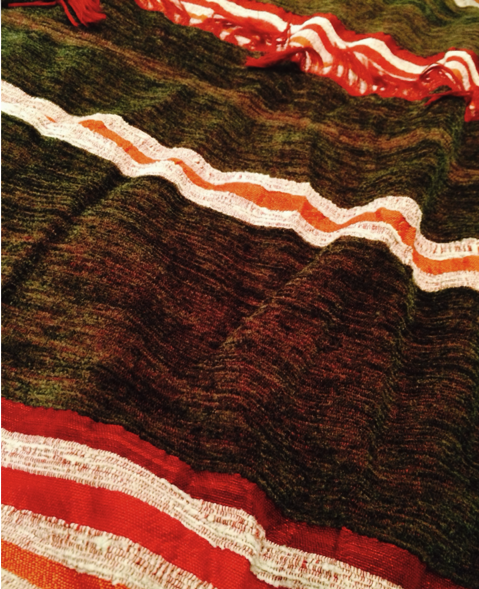
You don't need souvenirs & travel light
I'm bad at both of these things, just to be honest. But with each of us having only one bag, it meant that anything acquired equated to something else being tossed or given away. Sure we bought a few things here and there, and the packable duffel bag was a good way to take home gifts when we returned to the States for the wedding. But all in all, not being prone to shopping meant we could enjoy our time doing other things. We spent a lot of time in the souks (markets) in Morocco, but they are so fabulous that we really didn't want to do anything else. Plus for people who weren't buying souvenirs, our best takeaway (in terms of material goods) is an incredible handwoven blanket from the local craftswomen in the Atlas Mountains that our friend, Ismail, sold to us from his hotel. And that deal came out of just spending time with Ismail and loving the area. I think other than that, our biggest souvenir is our memory, this blog, and our photos. The word souvenir is french, and it means to remember anyway, so that works out nicely.
Splurge every now and then
This is also a good one for the non-traveler who is on a budget (aren't we all?). When you are constantly watching the pennies (or dirham, or cfas or euros or whatevers), I highly recommend doing something nice or special every once in awhile. It takes the pressure off. I did this in the grocery store the other day. I'm still completely attuned to not spending money on anything. I wanted to buy jam and spent about 7 or 8 minutes looking at the whole shelf trying to decide which of the absolute cheapest ones might taste ok. And then there was the one I really wanted. It was a whole $1 more than the rest. I thought about it and said to myself, "It's really ok if I treat myself and get the thing I really want, this is not a normal occurrence, and yes, this delicious jam will make me happy." Back to our theme of buying experiences - I have a wonderful experience with my toast every day now, it was totally worth the "splurge" :)
Traveling with a partner is both amazing and challenging
Jon and I traveled together for 10 months. It's a long time. The best parts about traveling with someone you love is that you always have a sidekick, you are building wonderfully unique experiences together, and it's a lot easier to feel safe. On the other hand, you are less likely to do something completely spontaneous, may spend a bit more money, and well, like the good, unfortunately you always have a sidekick. The key is balance. We weren't very good at this, but taking a day or even half a day alone and coming back to share stories strengthens the experience. In the end, having the shared experience of something grand is pretty great.
My List
I tried to pair these down to a manageable 10 or 20, but whatever, these are some of the most memorable moments of my 2013. I would post photos for all of these, but instead I give you links to related posts. On to great things in 2014!!
FAVORITE MOMENTS (chronological order)
- New Year's Eve in Bruges - what's better than 15,000 people at a sing-a-long in a perfectly preserved yet totally classy Baroque city??
- Sunday tea with friends in Mali - all day music, sharing a meal out of a communal bowl, impromptu dancing and hot desert tea
- Beachy private sunset walks in the Casamance, and getting taken to a tiny remote village to see how palm wine is extracted + meeting the village chief aka our taxi driver's dad.
- Cap Skiring street party
- Being the recipient of true Senegalese taranga (hospitality) and having a stranger take us under his wing to guide us through the Mauritanian border crossing.
- Seeing camels in Mauritania
- Leaving Mauritania and entering Morocco
- Fresh orange juice from the man who looked like Aladdin in Dakhla
- Seeing the landscape change from 2400km of endless desert to the deep red earth and green trees of the Middle Atlas
- The freedom of having a car rental and driving through the Valley of 1000 Kasbahs
- Meeting our friend Ismail and staying in his riad.
- Buying fresh chickens, pigeons, spices and vegetables to make Tagine in the market in Essouira (and by fresh I mean, we picked out the live ones, went and bought our spices, and came back to pick them up).
- Endless hot water in our first Western shower upon arrival in France.
- Listening to French kids try to speak English - they say the funniest things.
- Counting the chateaux while bike riding in the French countryside - I counted 9 in 14km - that's a lot!
- The dance parties, or "Boom" we threw for our French campers - honestly I've never had as much fun in a real dance club...
- Our amazing apartment in Lyon and its proximity to some of the best Pho I've ever eaten plus the Asian grocery stores.
- Showing Jon around Paris.
- Getting to fly back to the US to see my brother get married.
- Getting to fly back to Europe to keep traveling, despite having no itinerary or clue of where we wanted to go.
- Afternoon tea in the garden with friends during our first day in England.
- The drive to Hadrian's Wall and seeing the plains of Northern England.
- An awesome CD release party in Newcastle where the power went out and the concert continued outside in the rain.
- Live folk music in Edinburgh
- Buying a huge whole sea trout and eating it in an astonishingly large variety of ways in Norway
- Alicante, Spain - all of it was a highlight
- Sunbathing in the buff in Spain - yep, it's real nice, and it helps that Spaniards are a beautiful beautiful people.
- Enjoying tapas and spanish nightlife
- Festival Cante de las Minas, La Union, Spain.
- Festival Gracia, Barcelona
- Hanging with my friend Olivier, playing board games, speaking nothing but French and drinking Rosé in the south of France.
- My first real panini in Italy - it was at a gas station cafe, and I'm not kidding, it was divine.
- Walking in Rome with Jon, eating unbelievable gelato, and well, being in Rome - it's ROME people.
- Freshly whipped mascarpone cheese topped with peaches preserved with bay leaf and pink peppercorns (our first dessert at the homestay in Italy).
- Truffle pasta
- Montefalco Wine Festival - Italy
- Daily sunbathing - I was TAN ok??!.
- Eating the best pizza in the world for less than $5 in Naples.
- Pompeii
- Istanbul - all of it
I hope you enjoyed taking this journey with us! Who knows what 2014 will bring, but my goal is to continue to pursue things that inspire. What are your goals?



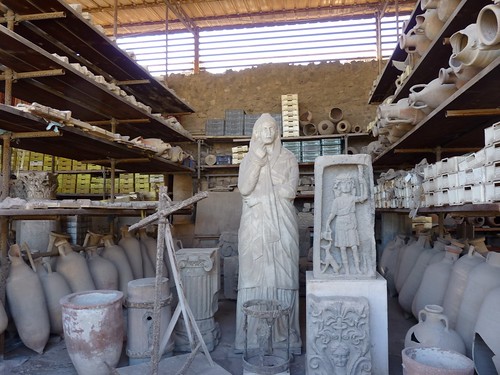
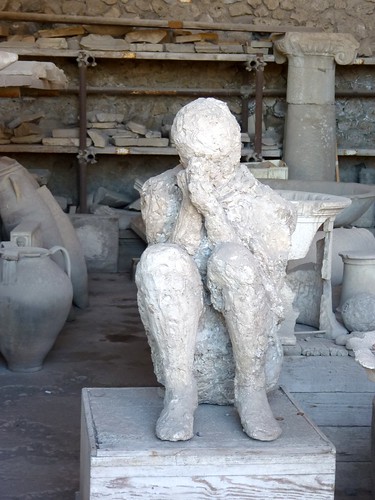

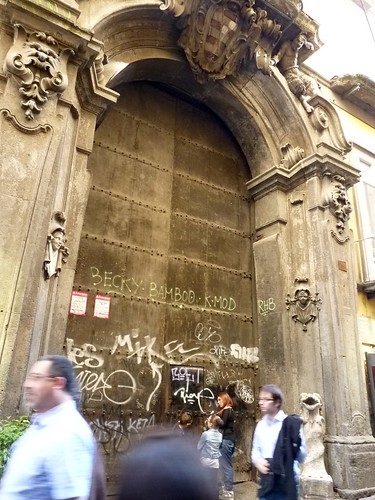
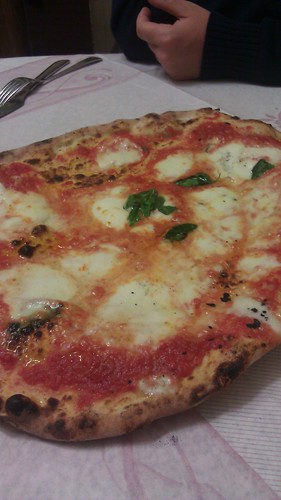

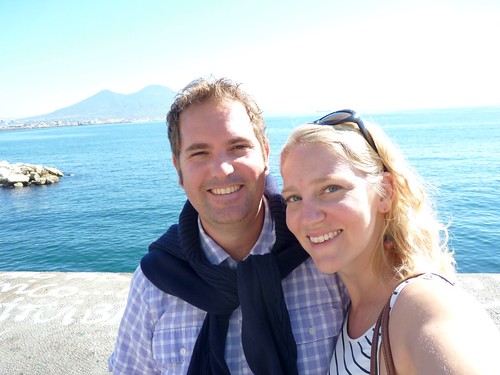

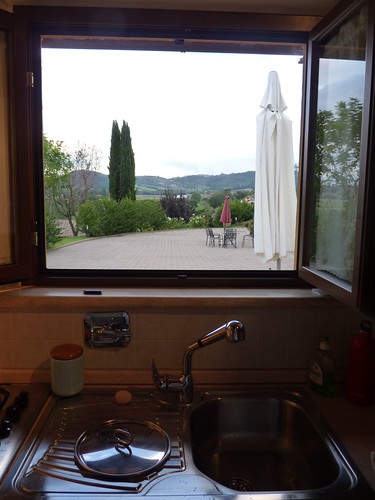



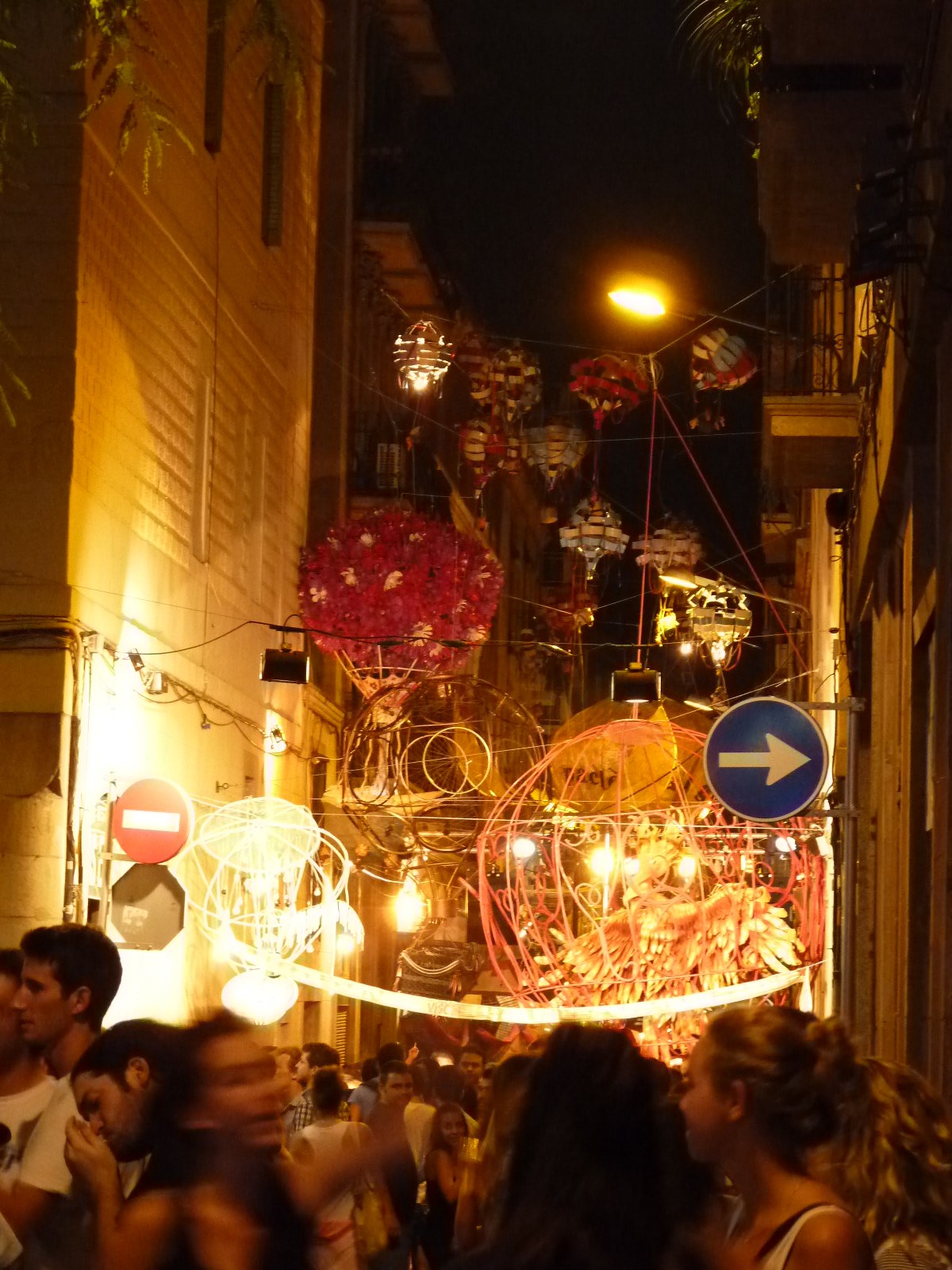
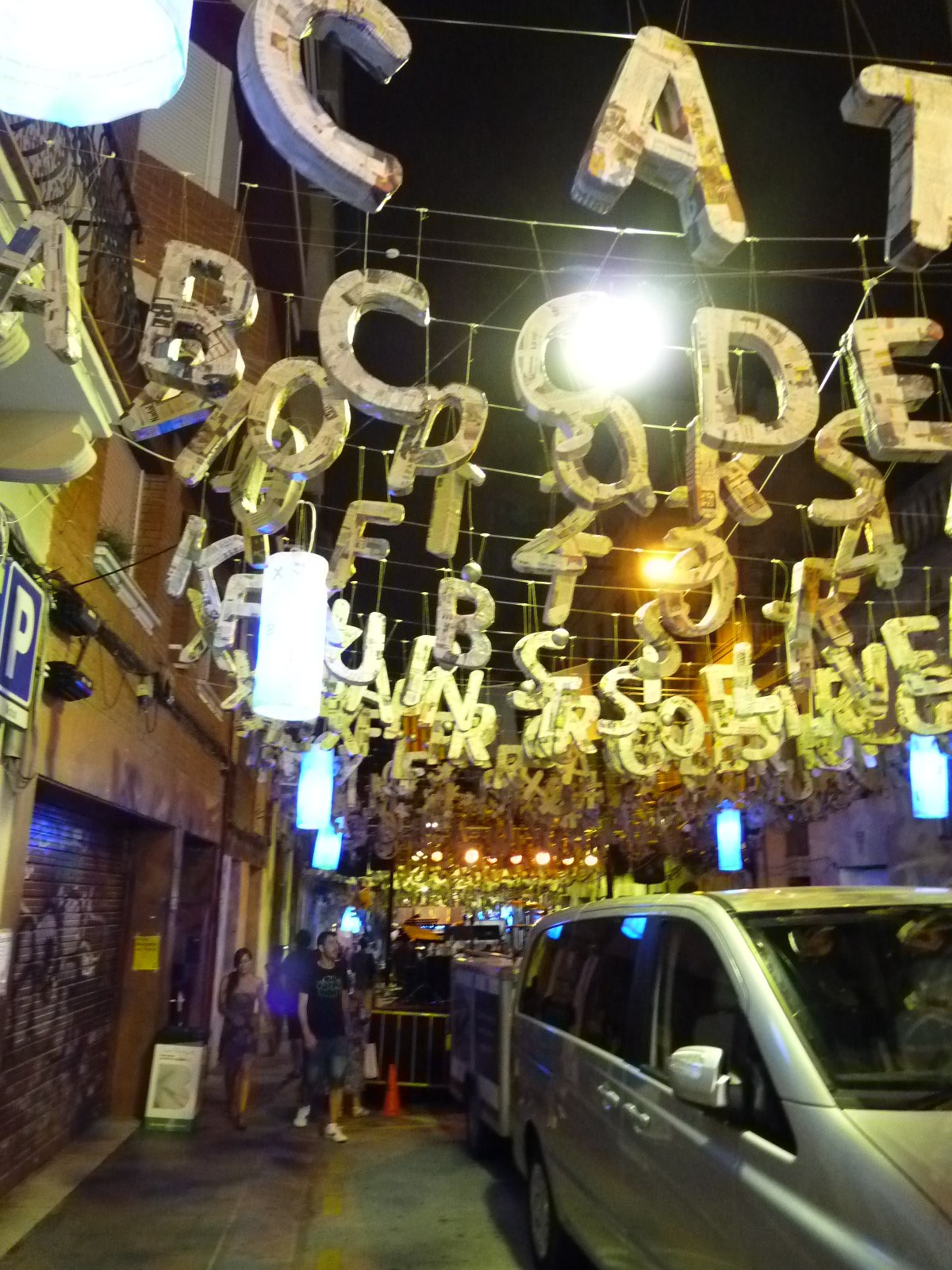
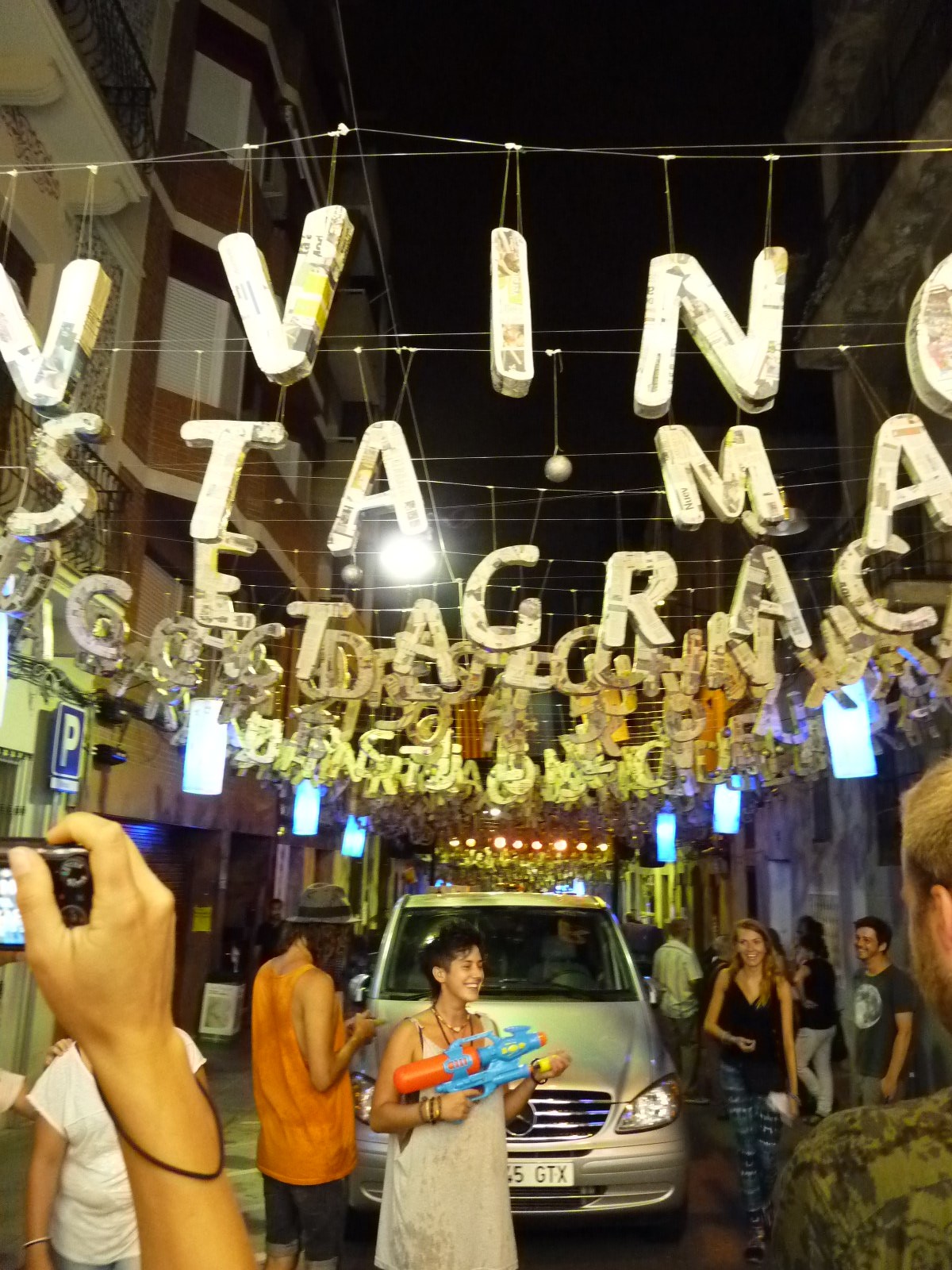
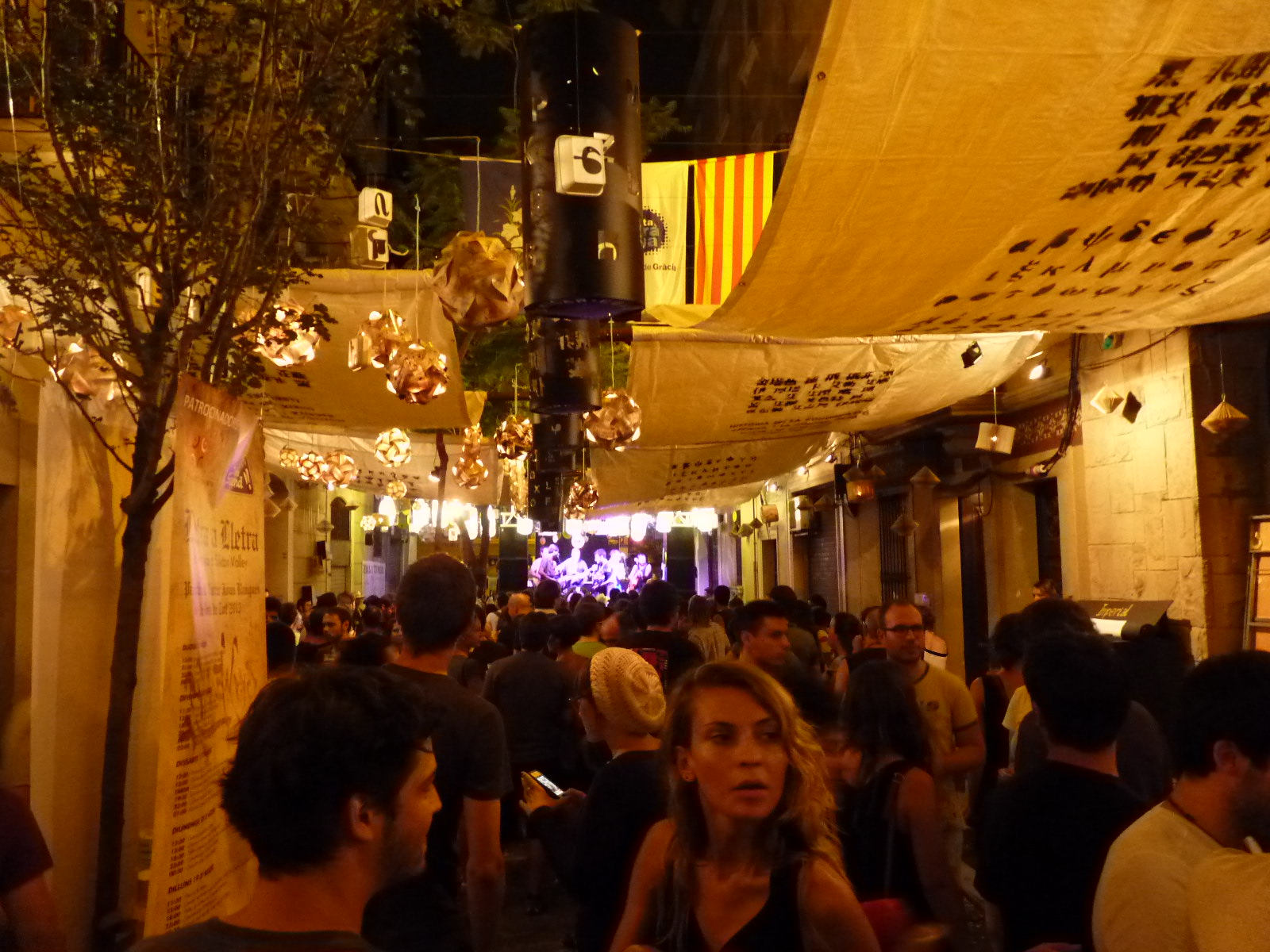
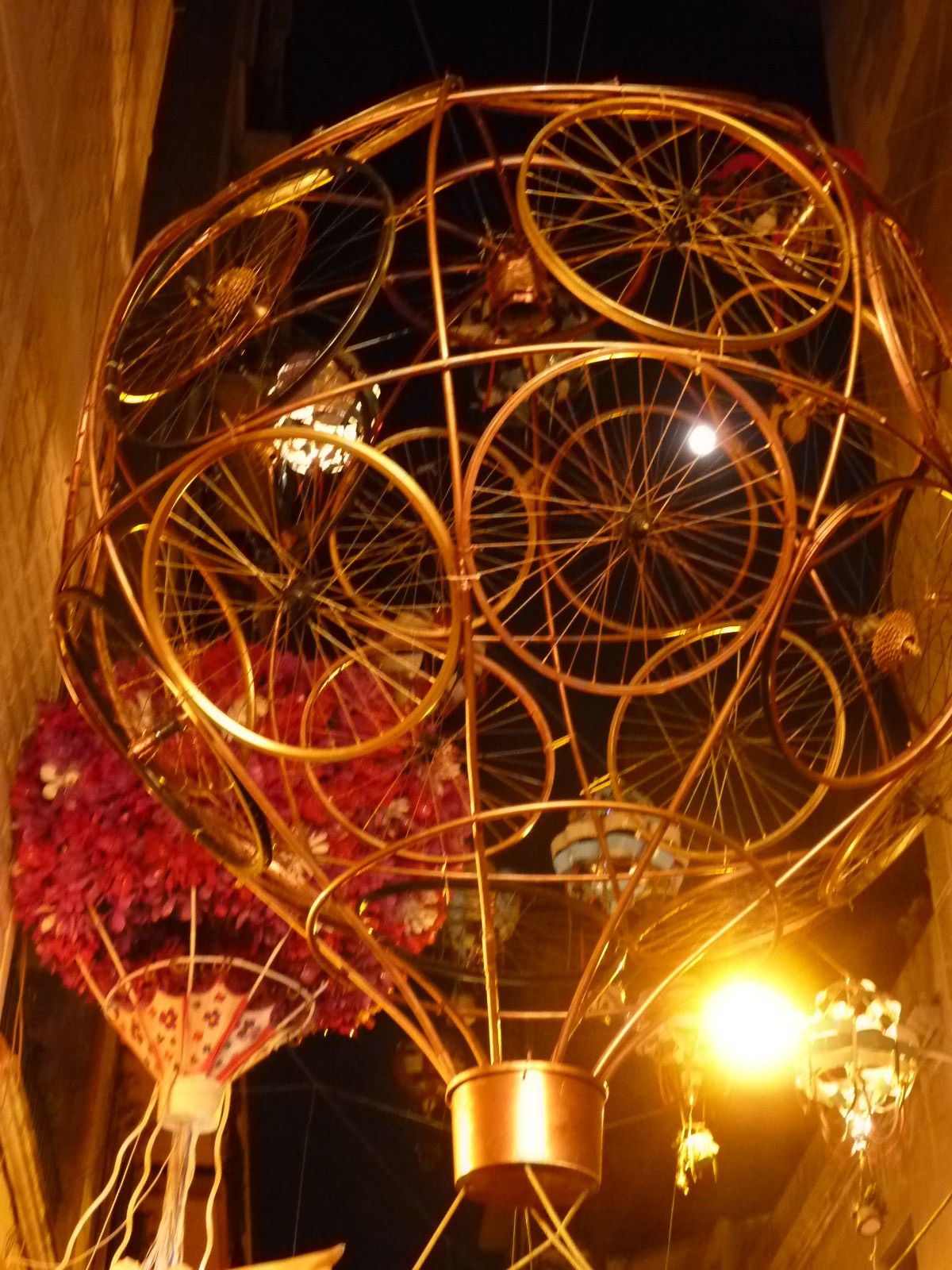
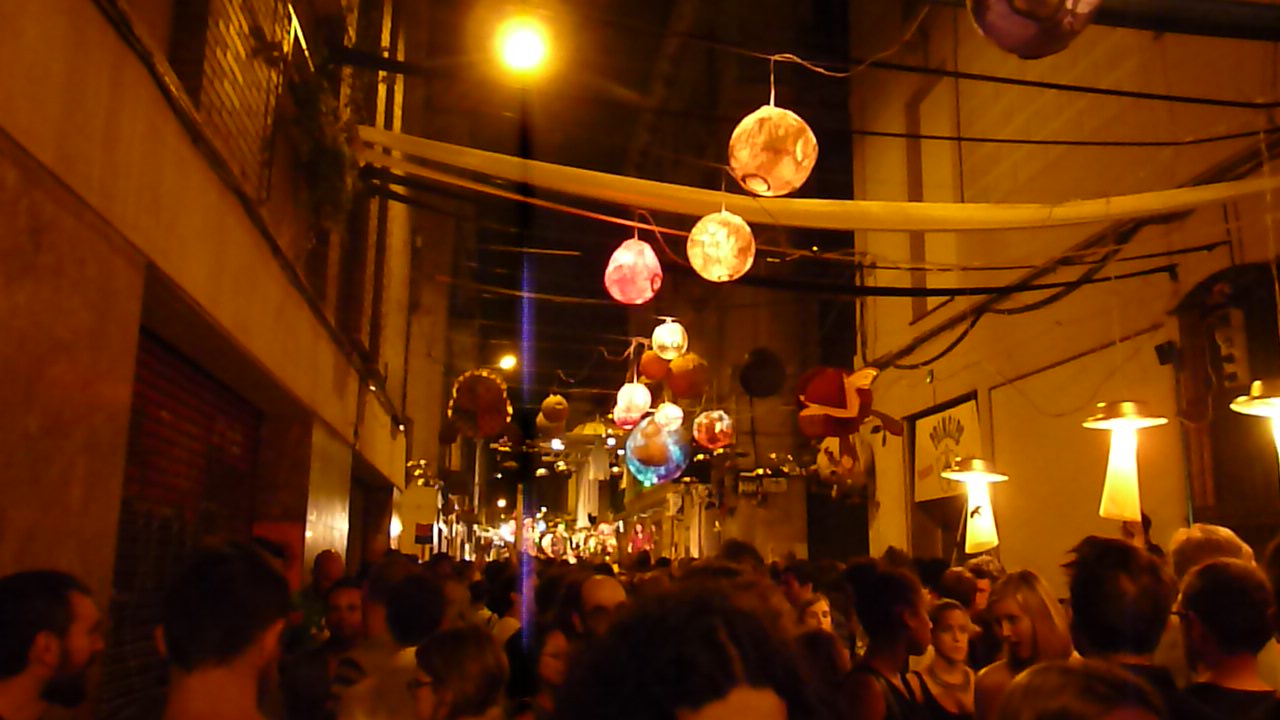
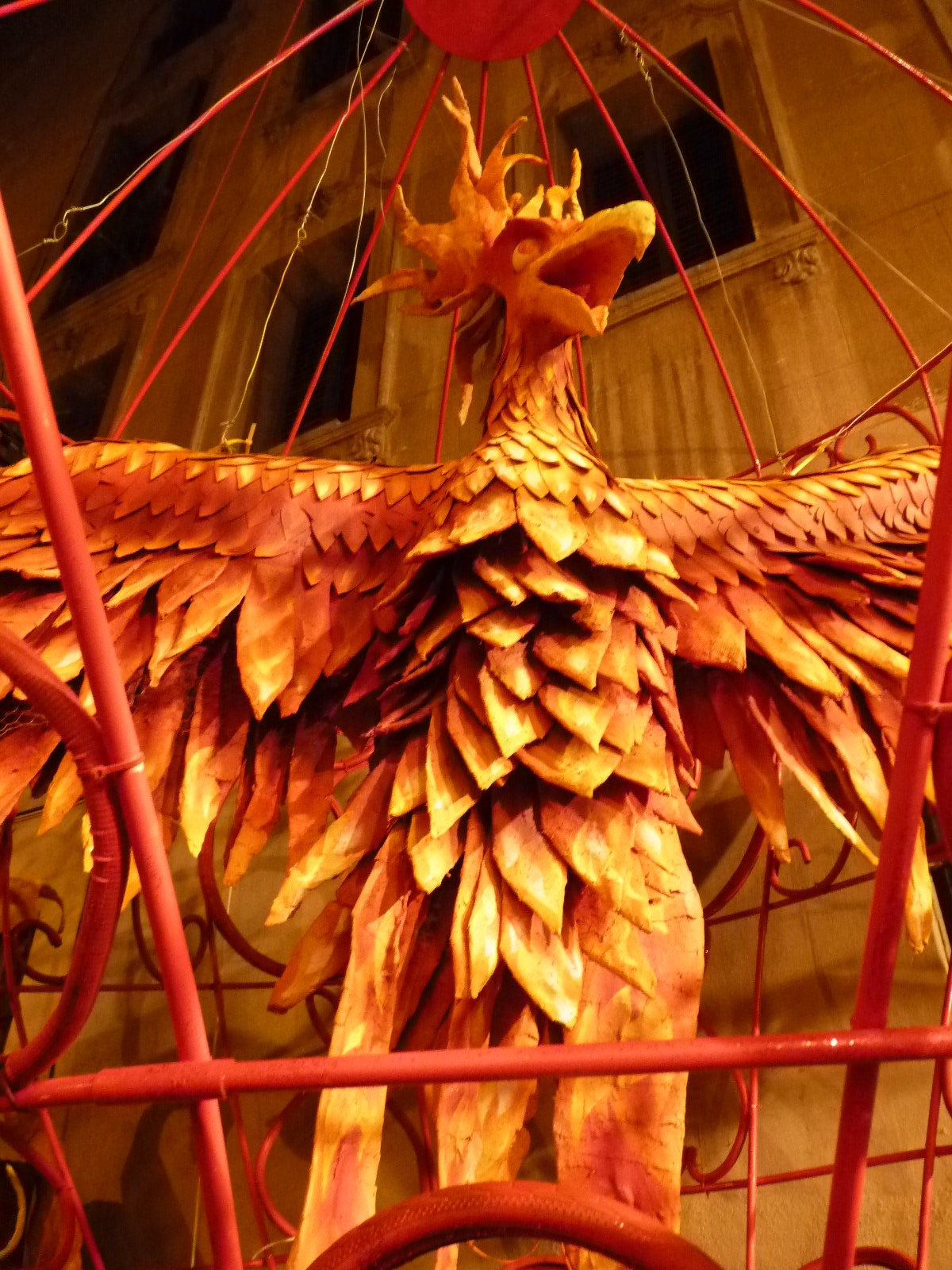
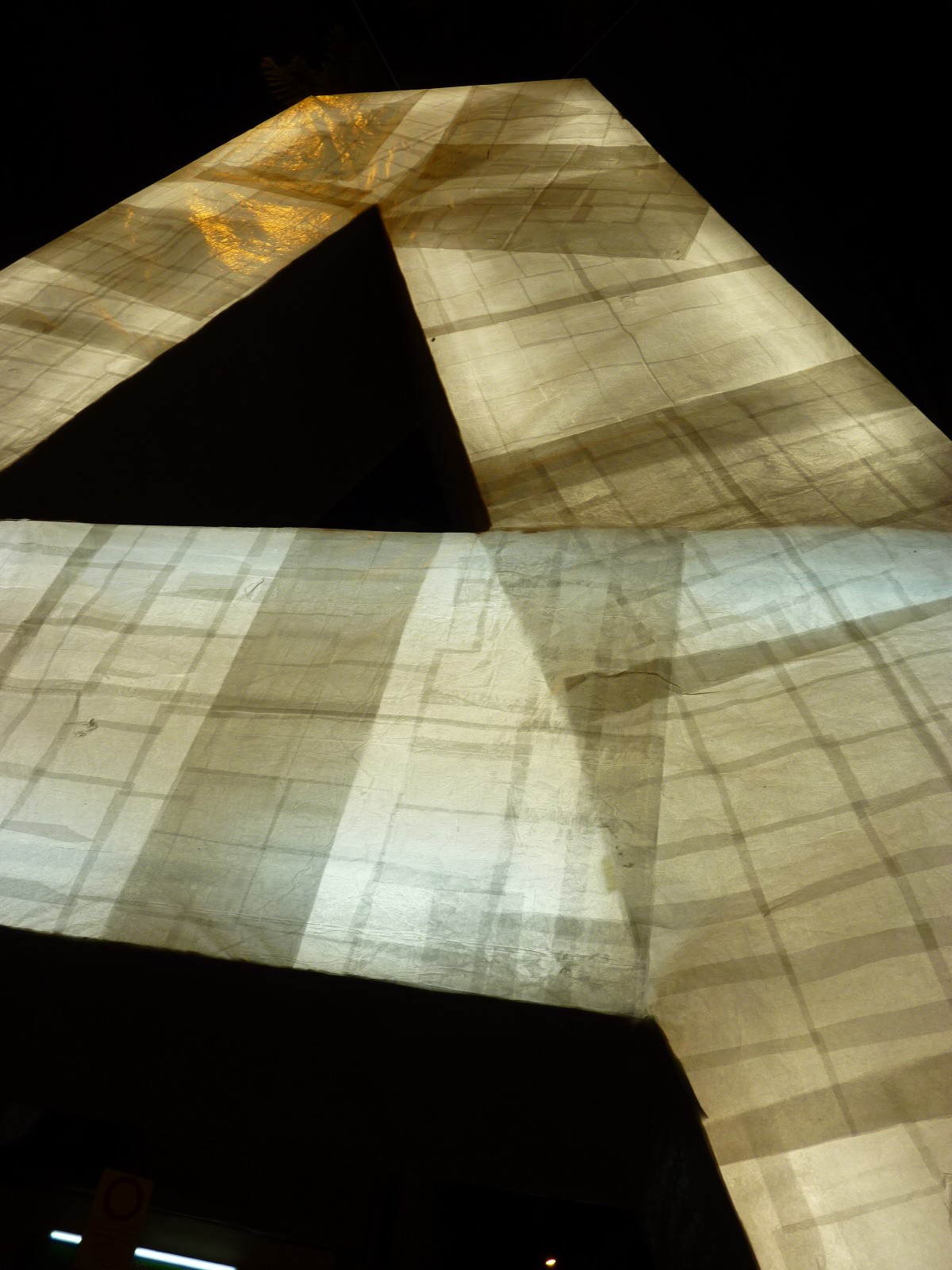
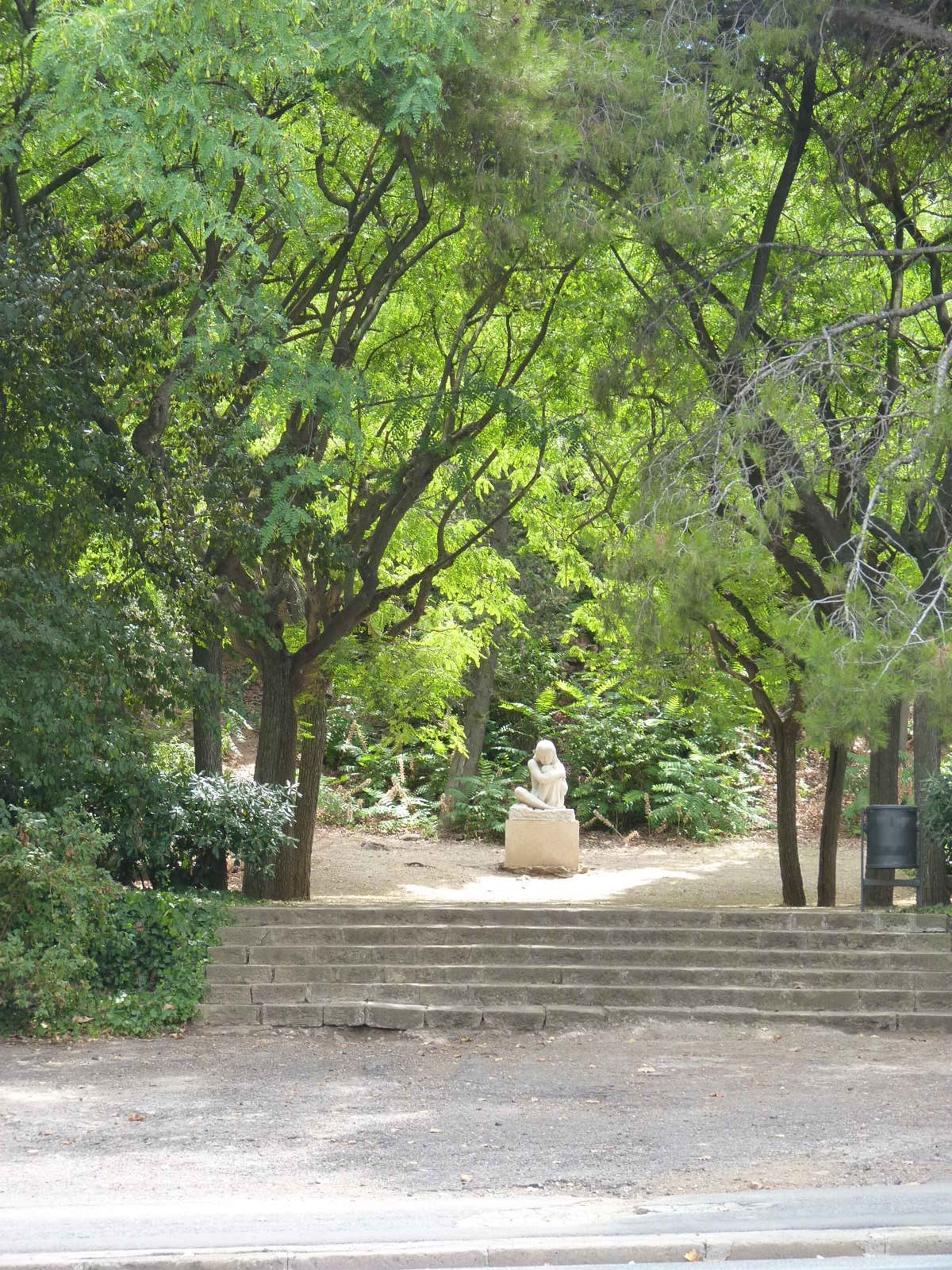

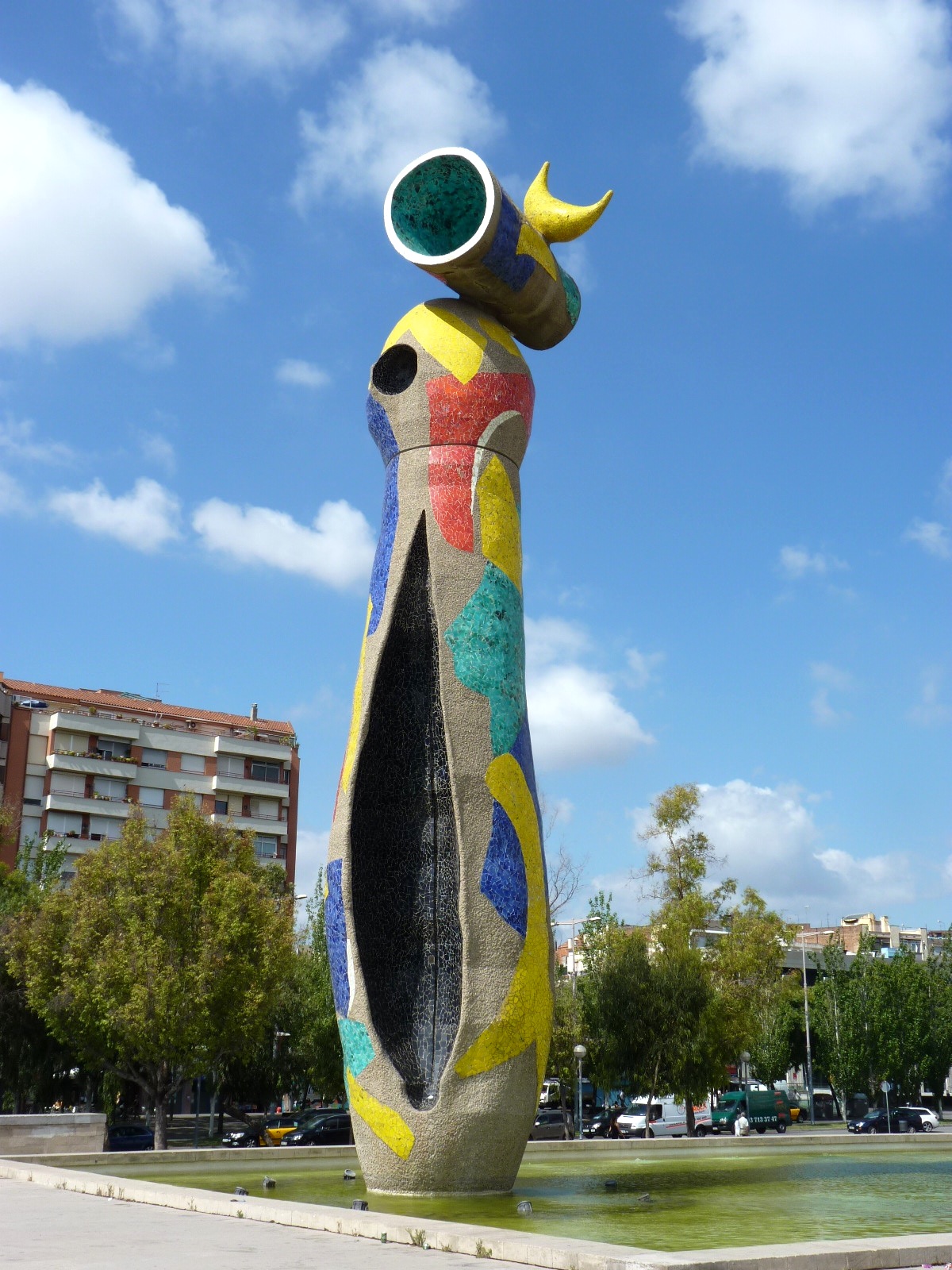
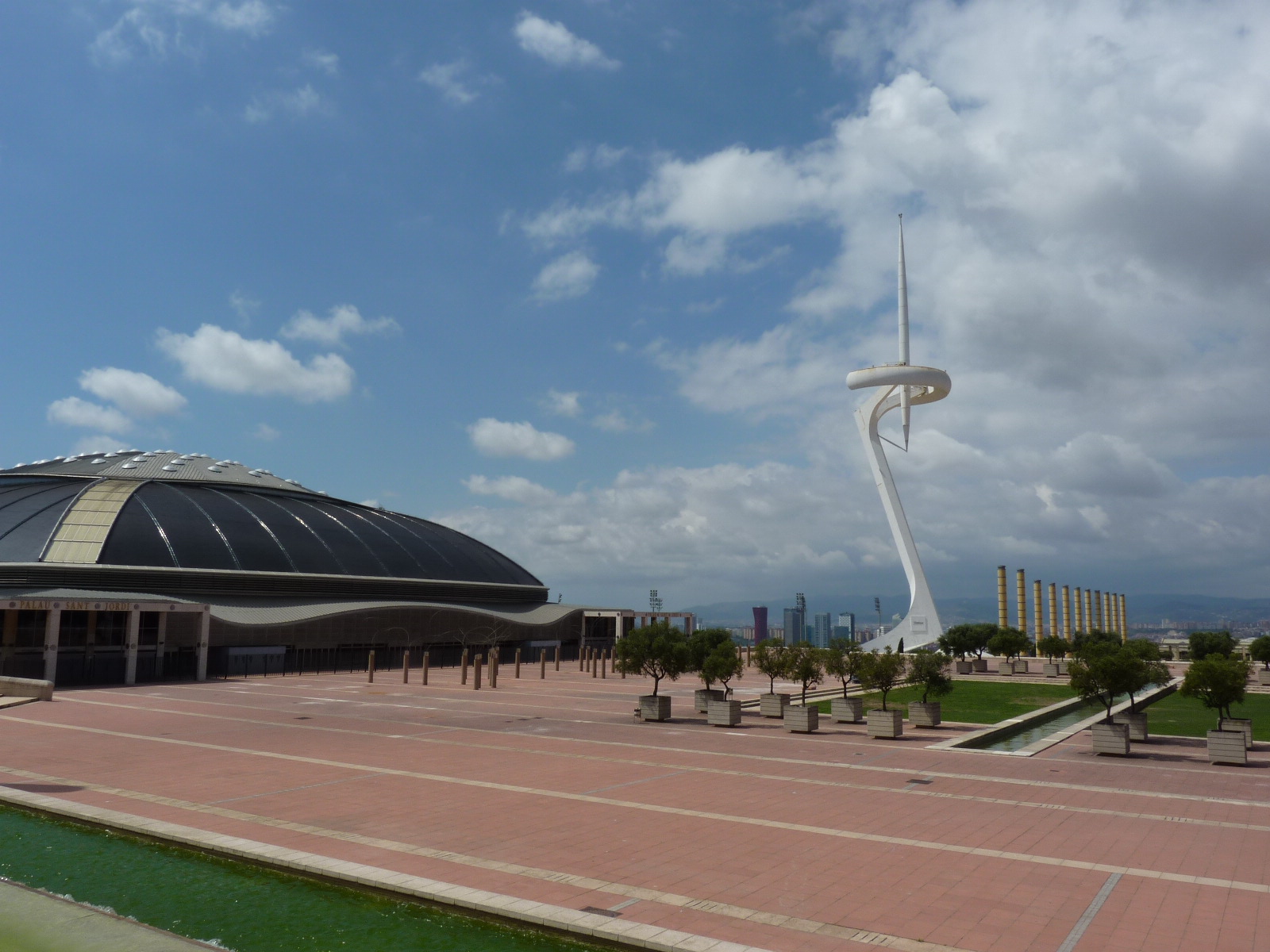
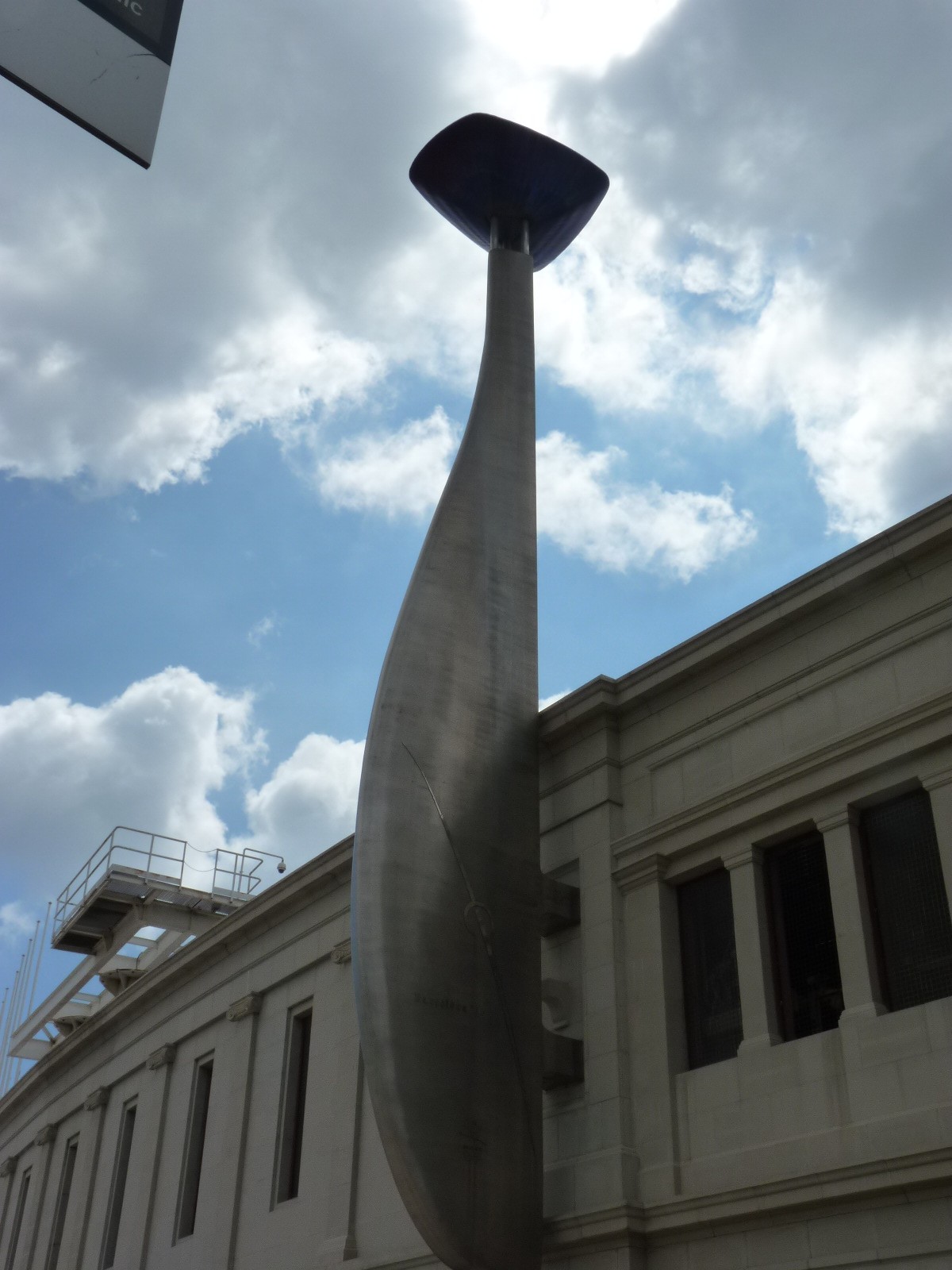

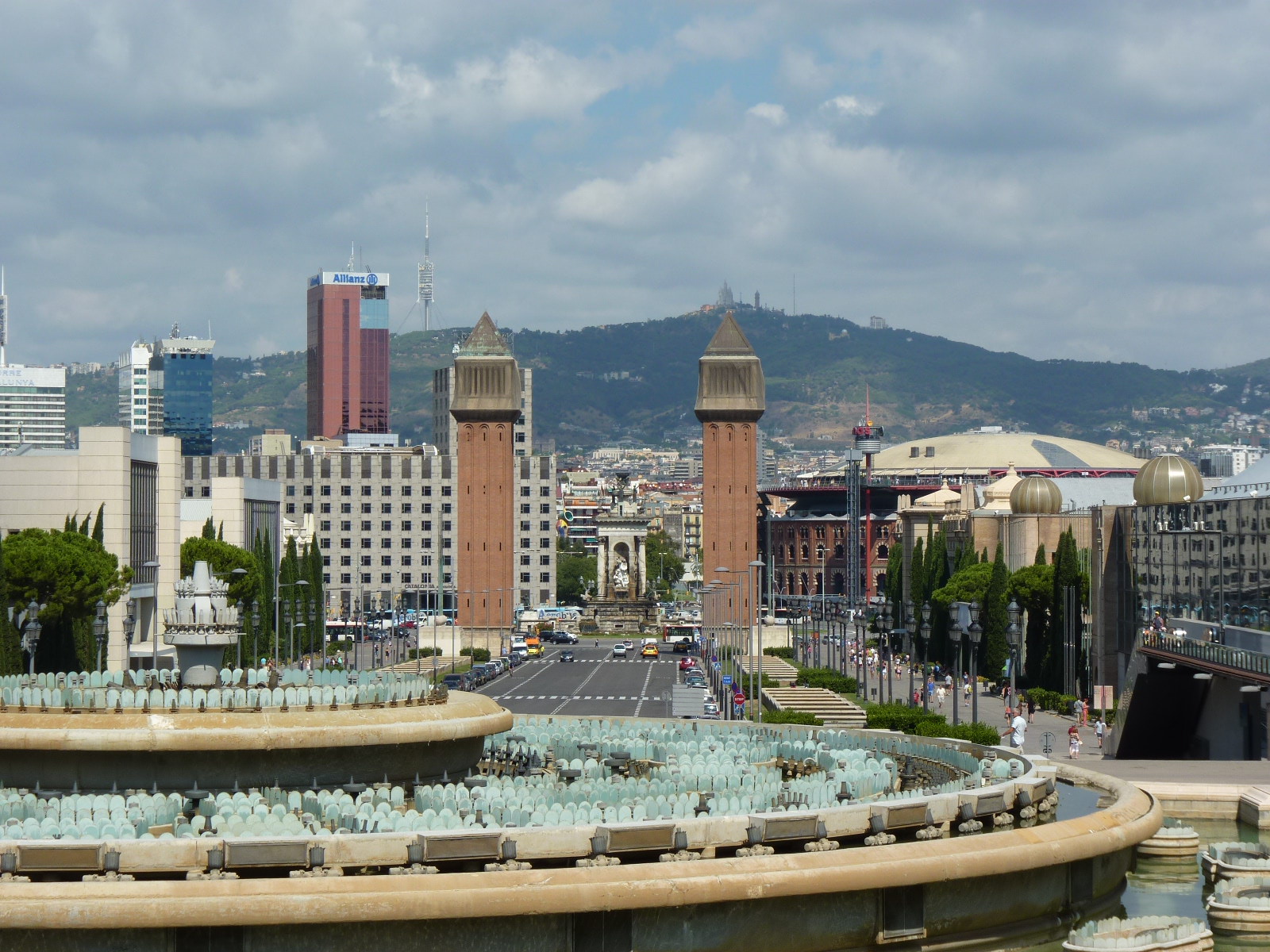
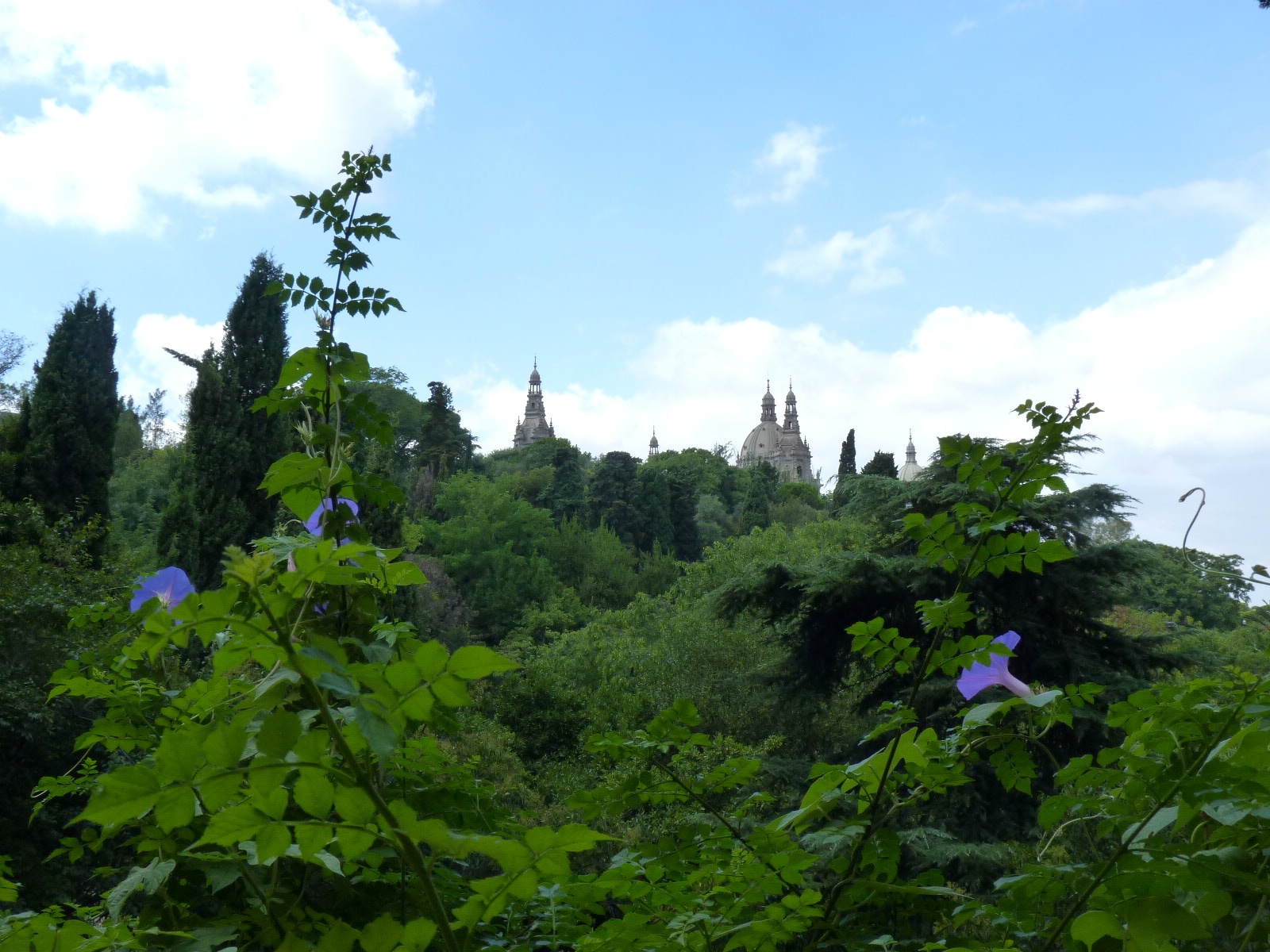
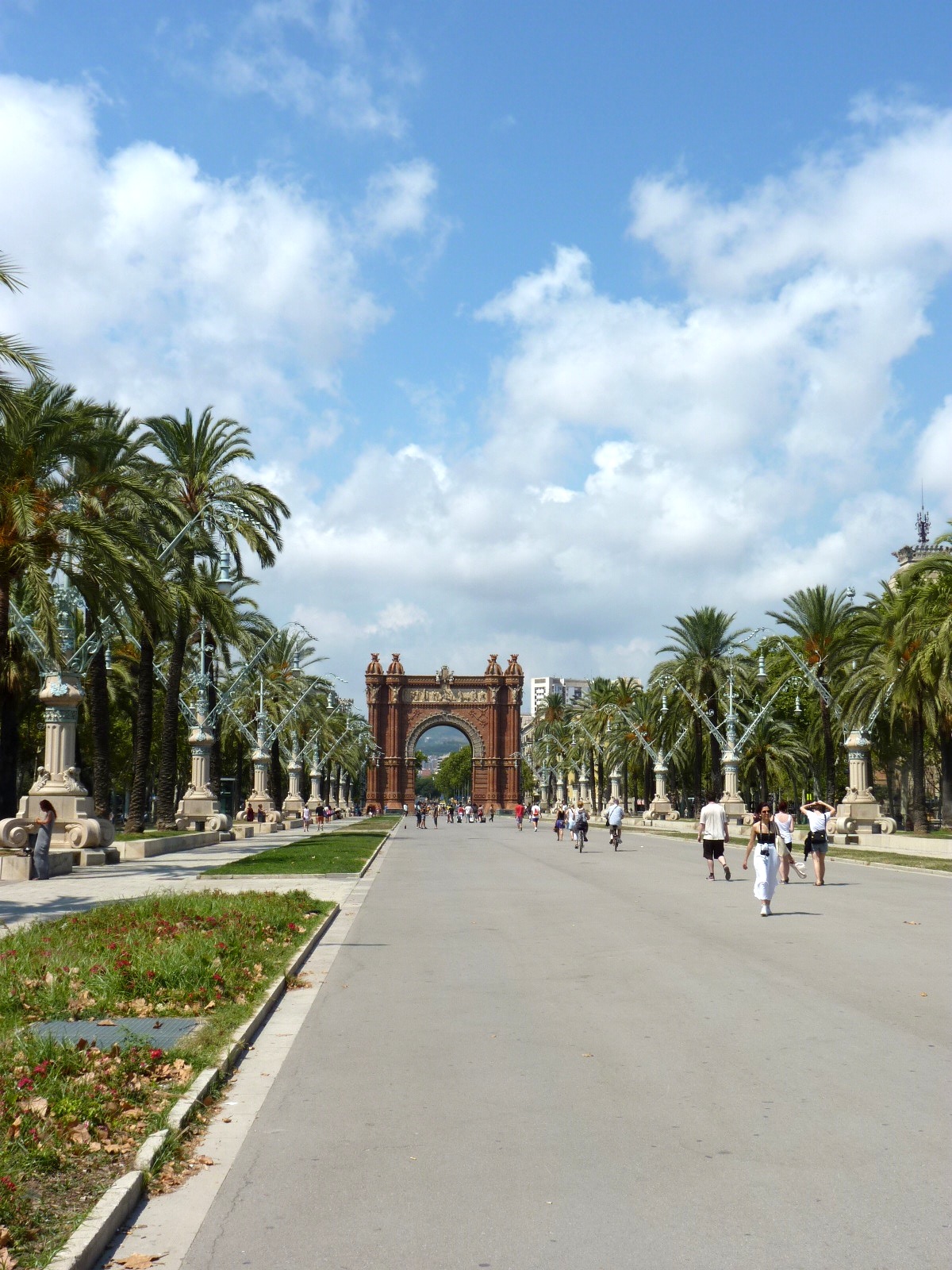
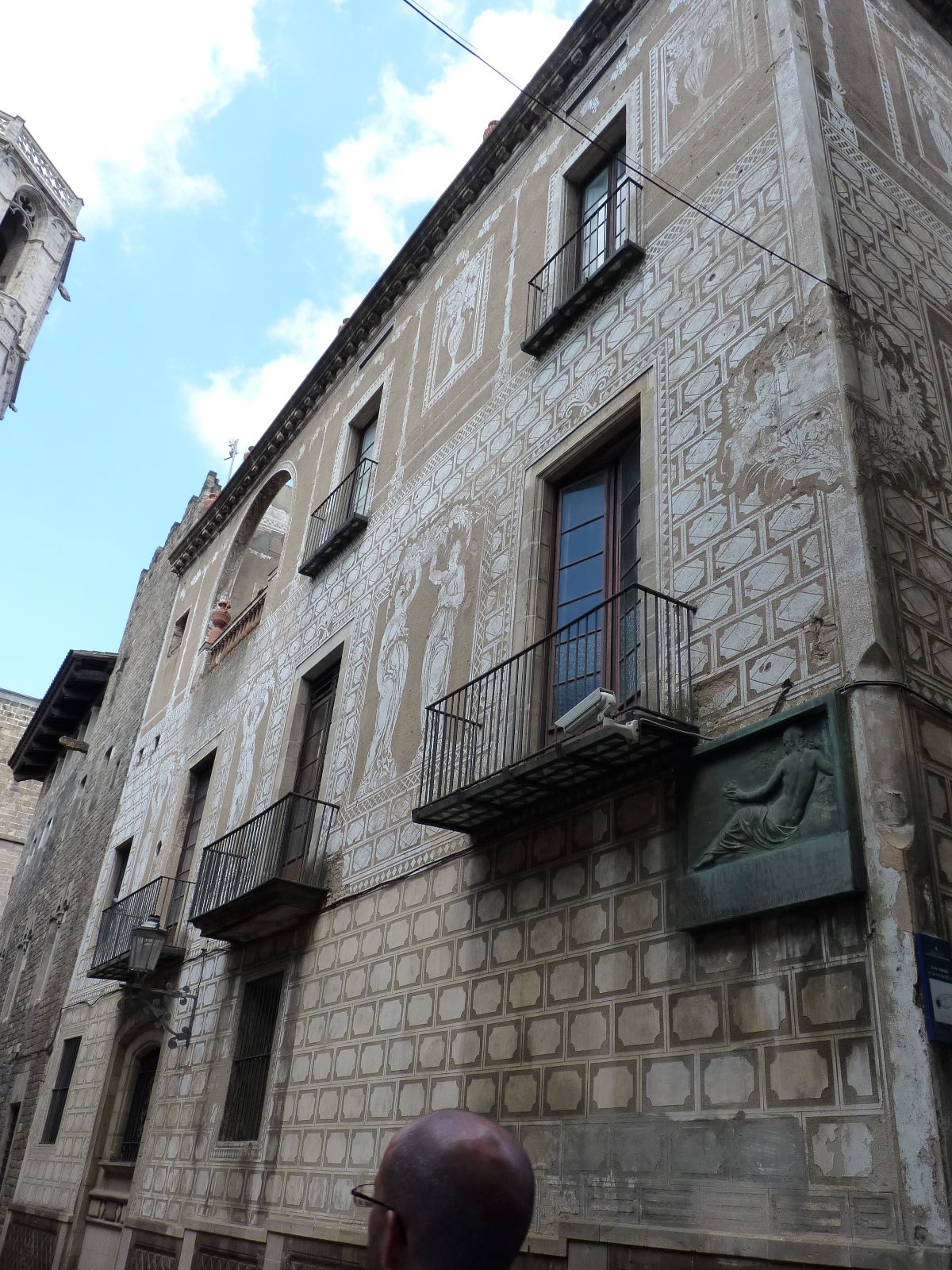
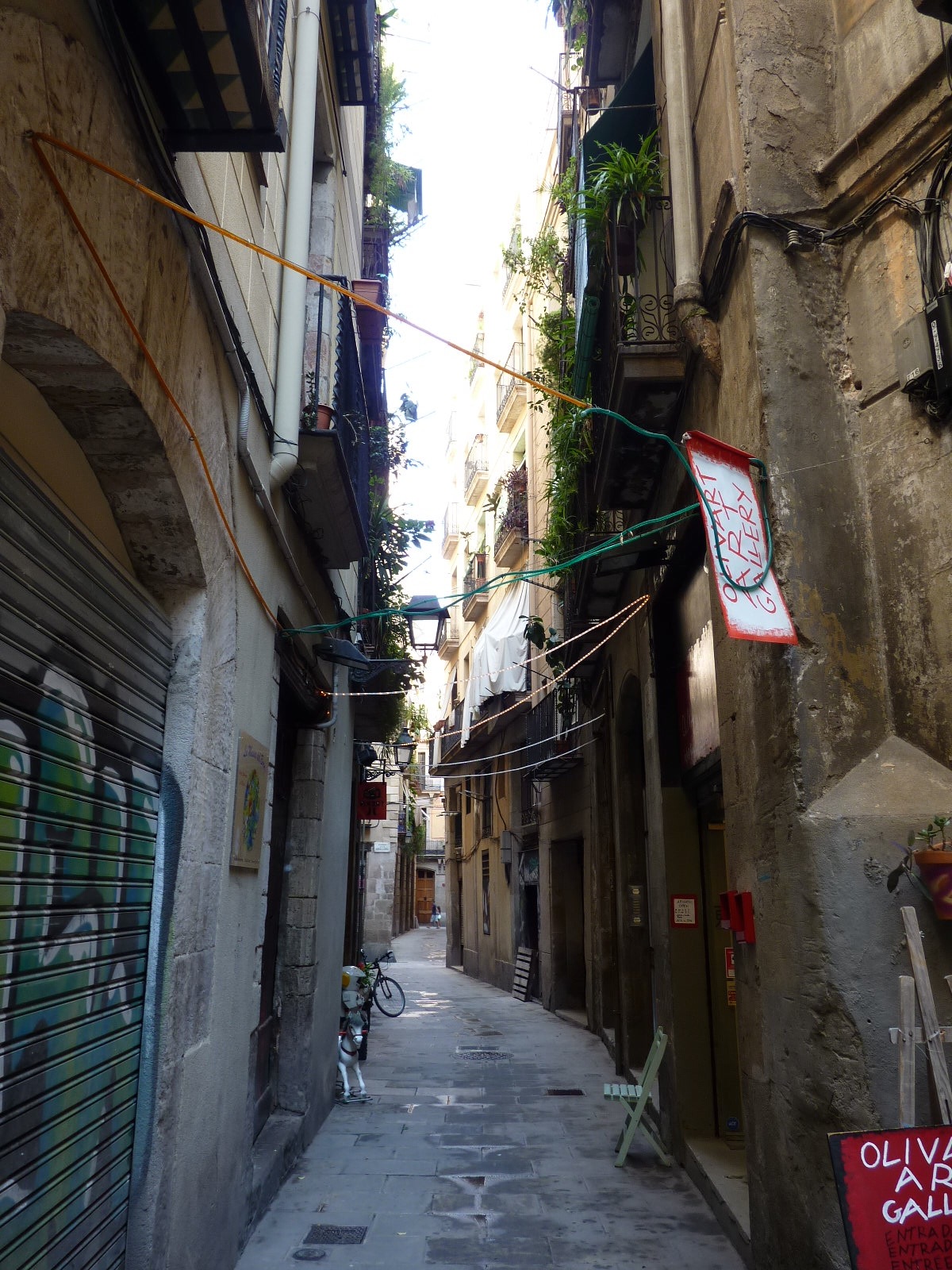
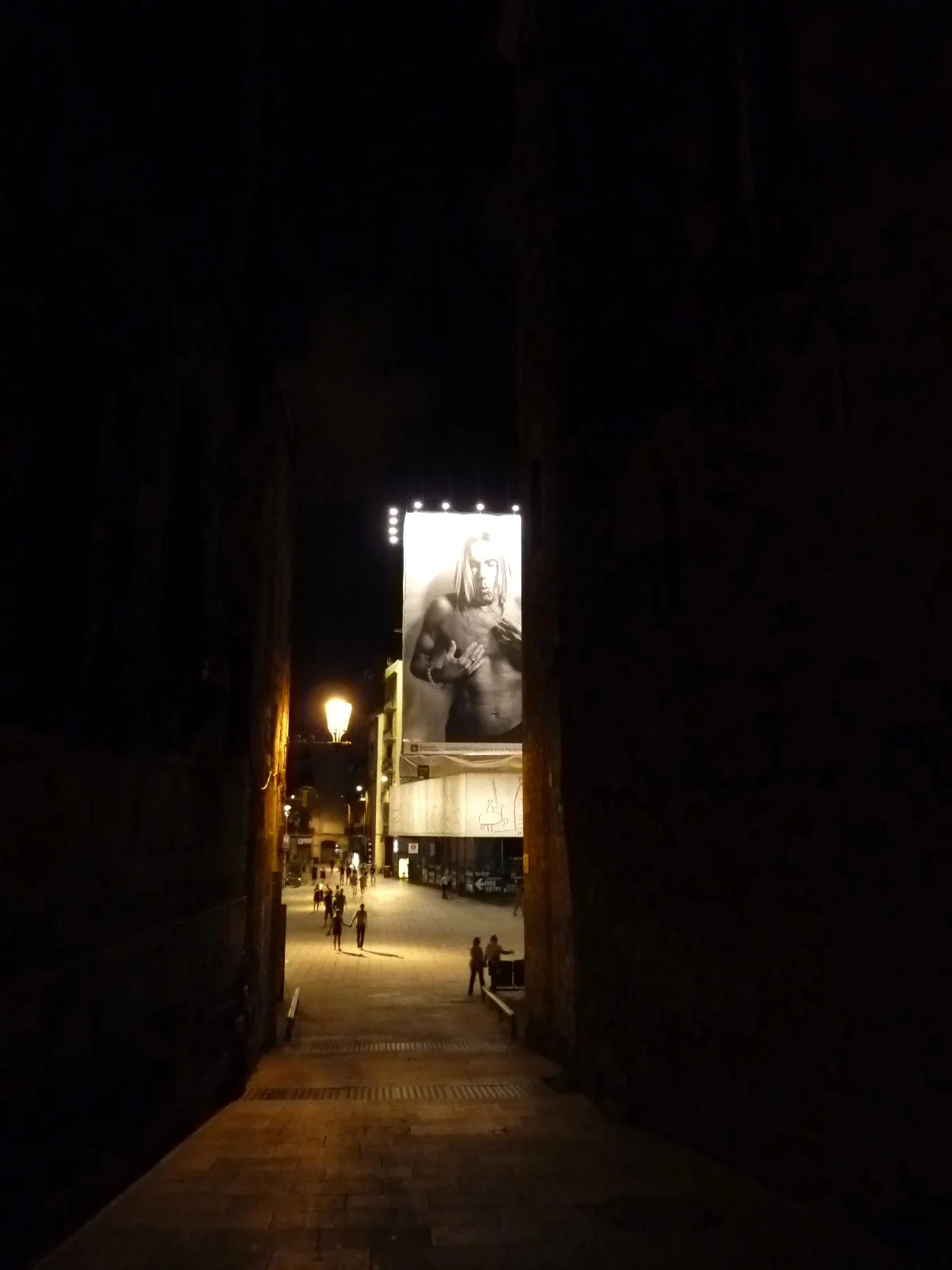
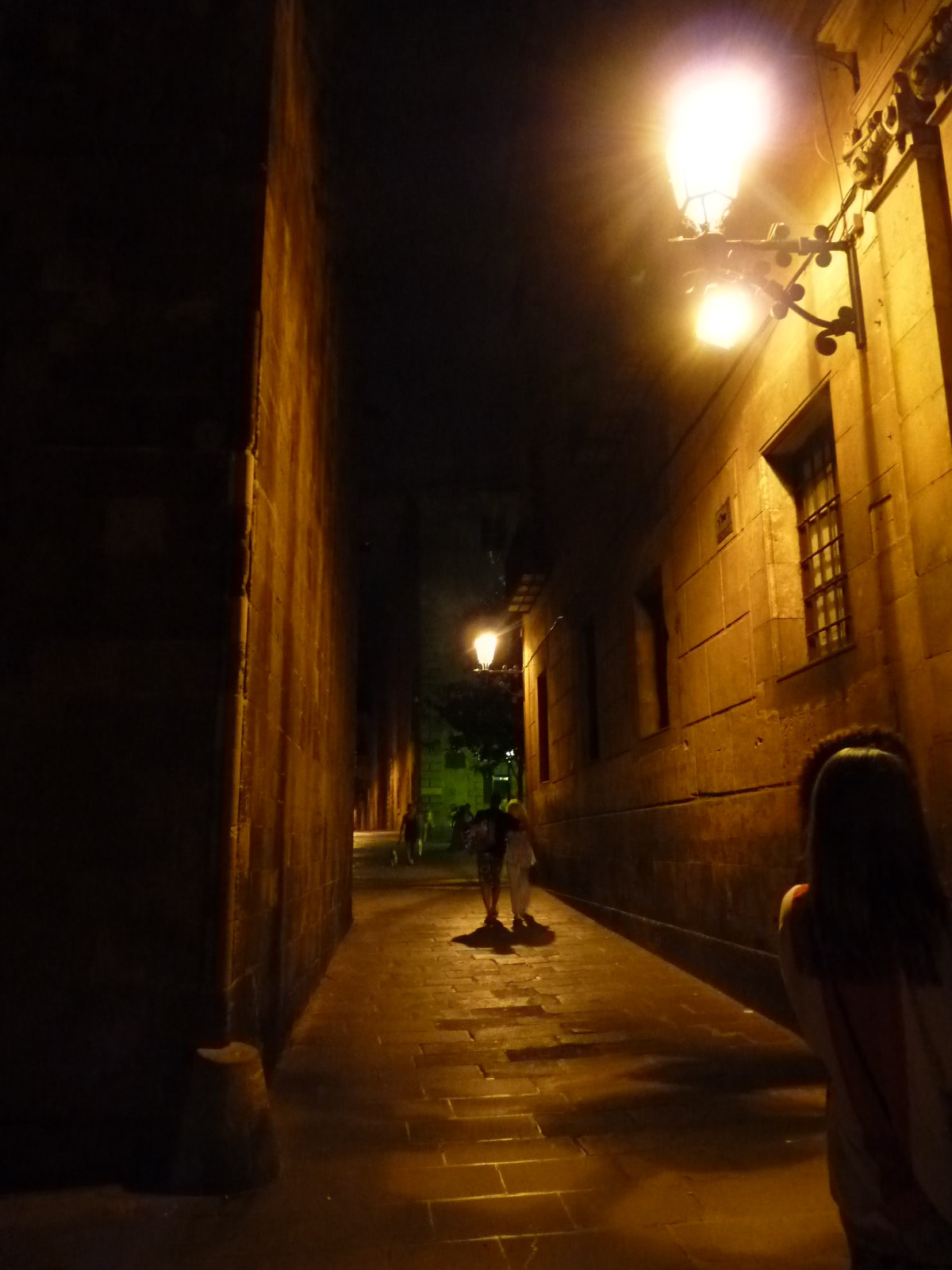



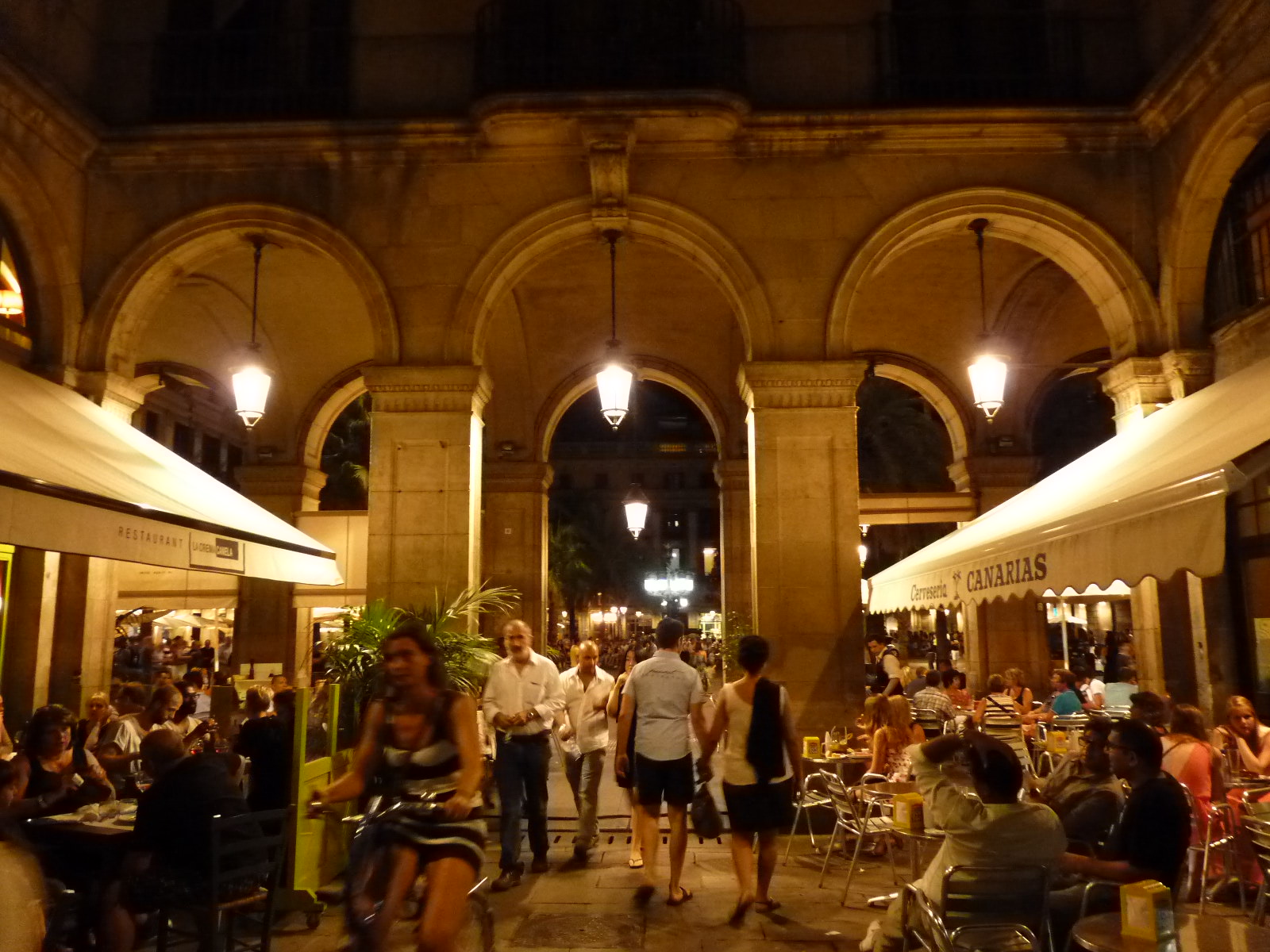
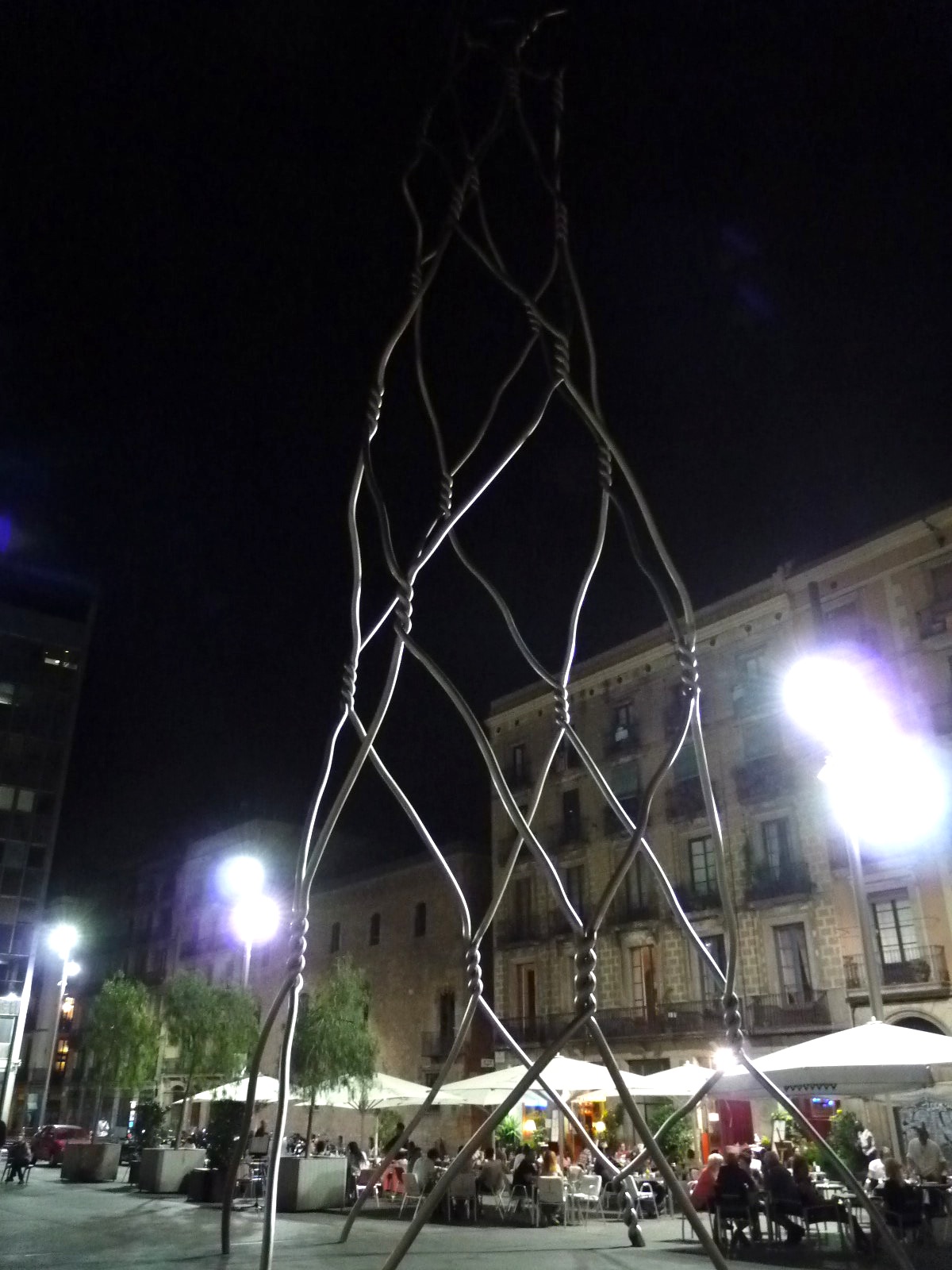

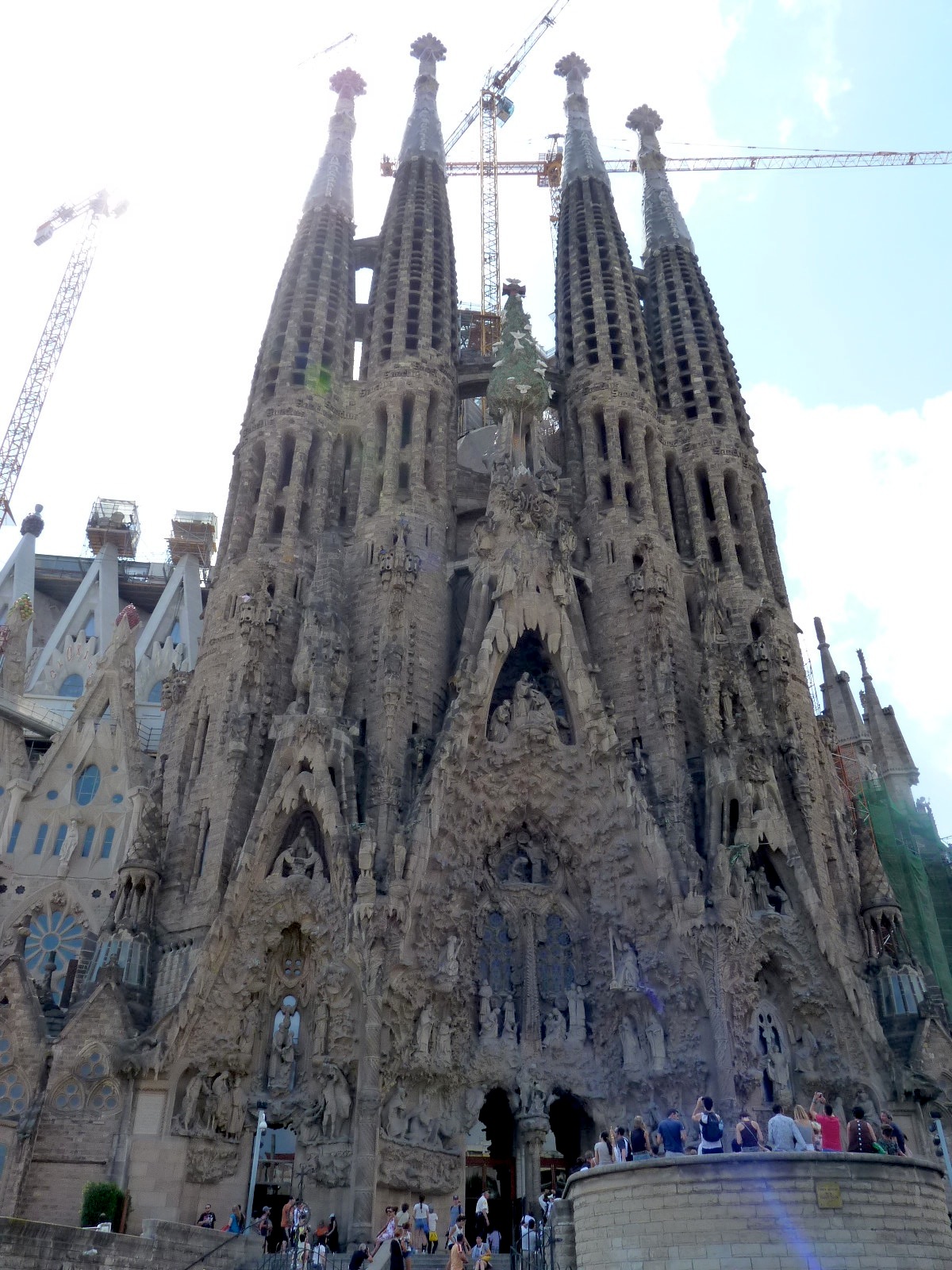
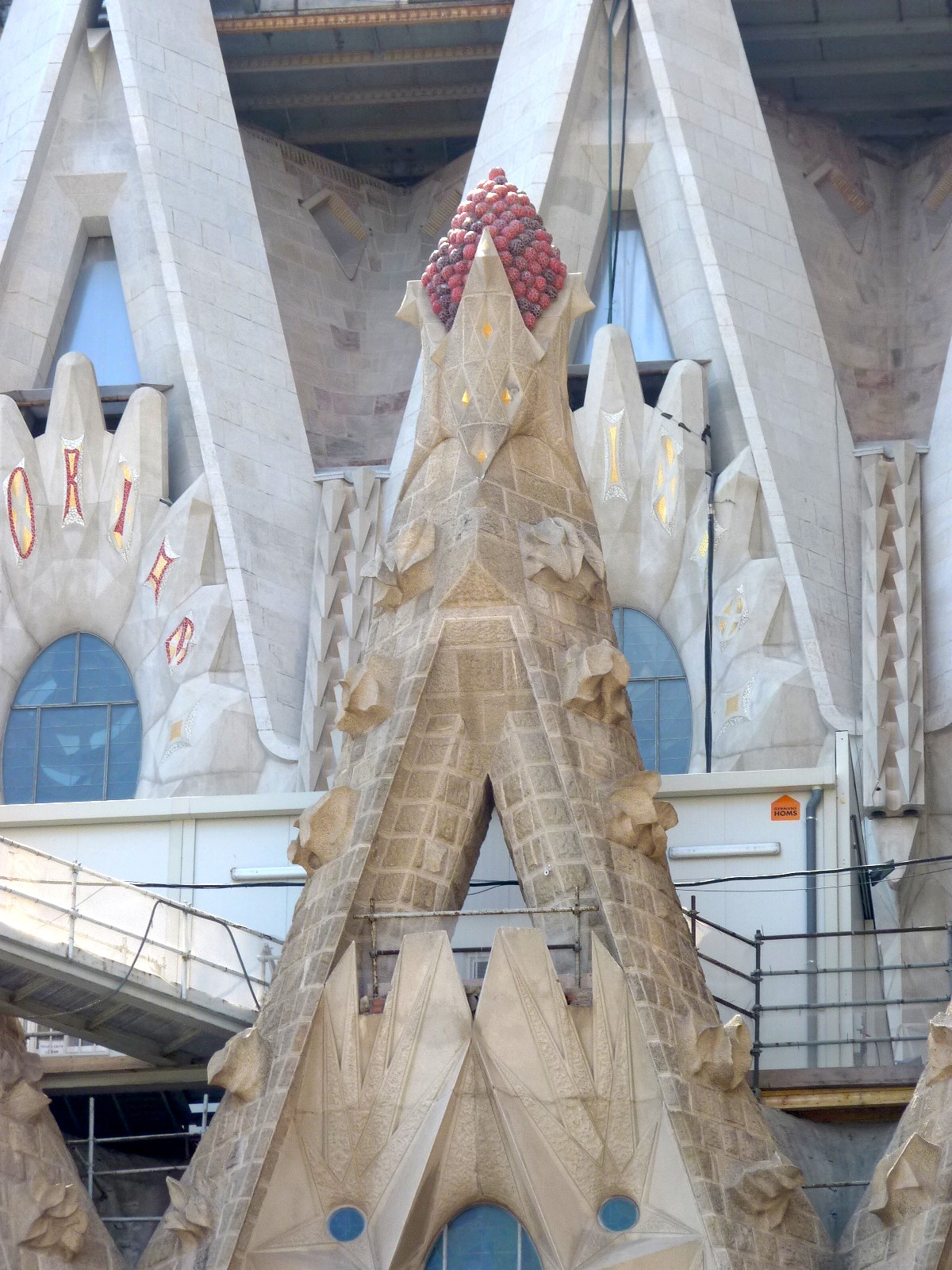
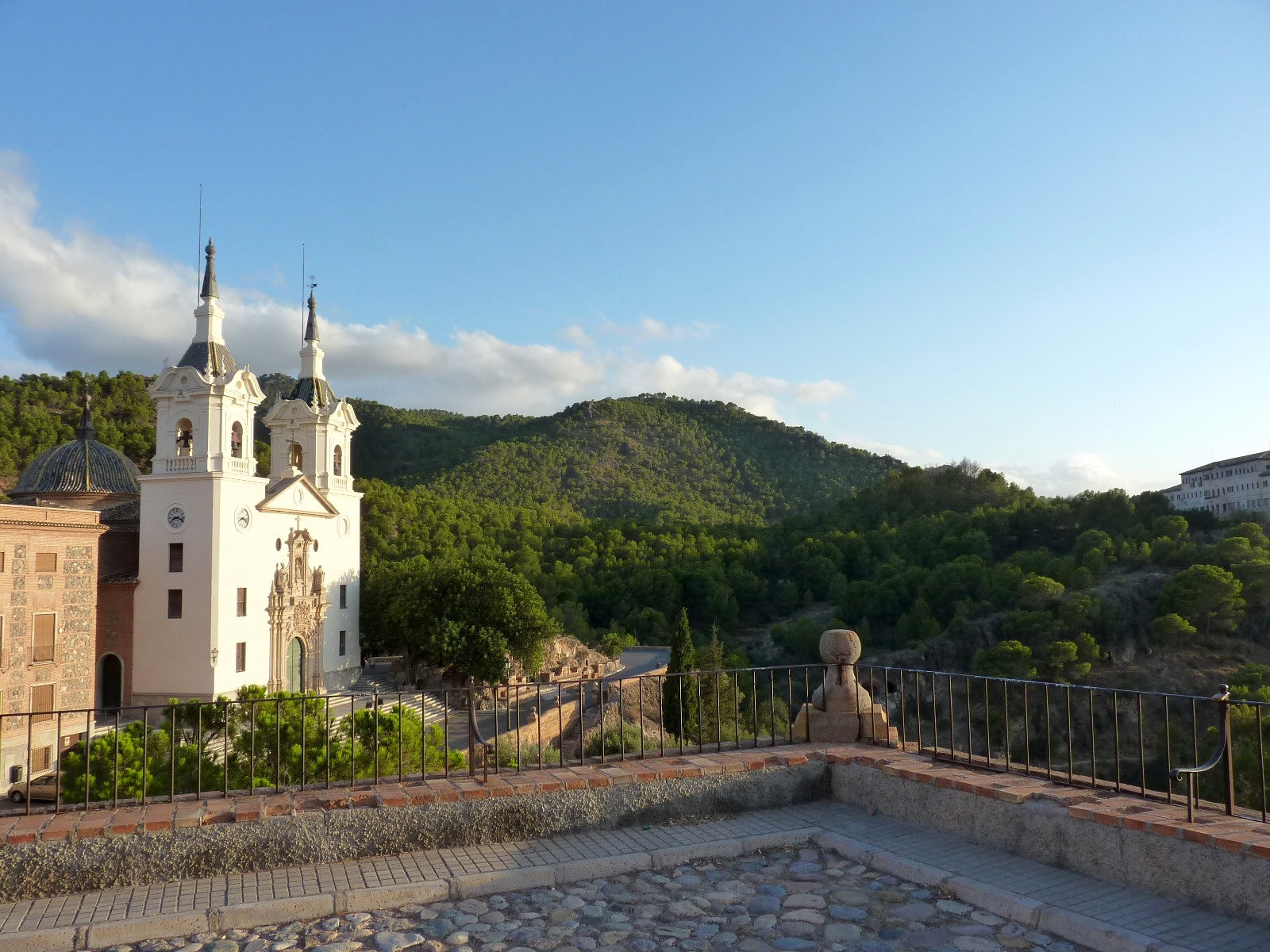

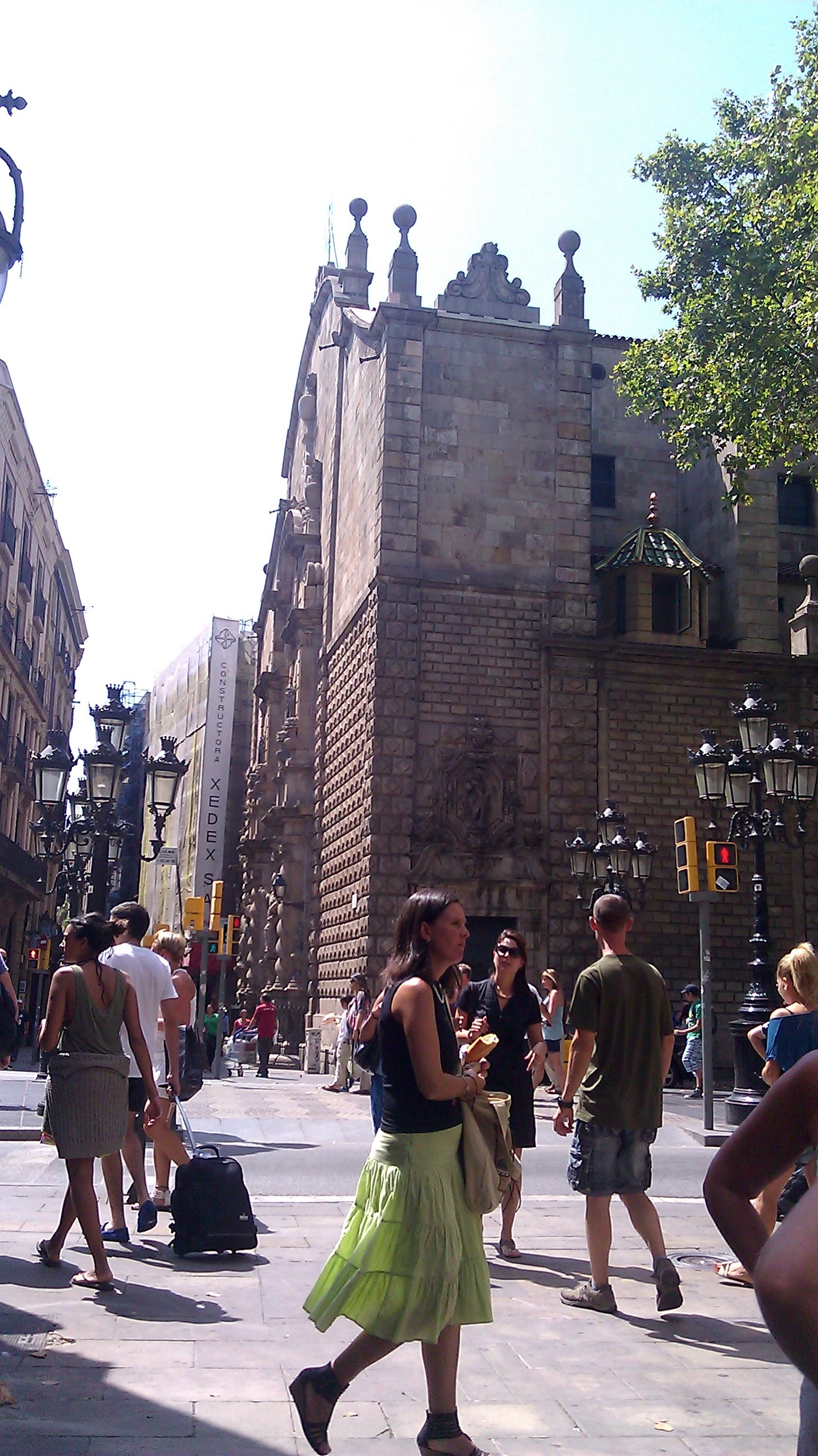
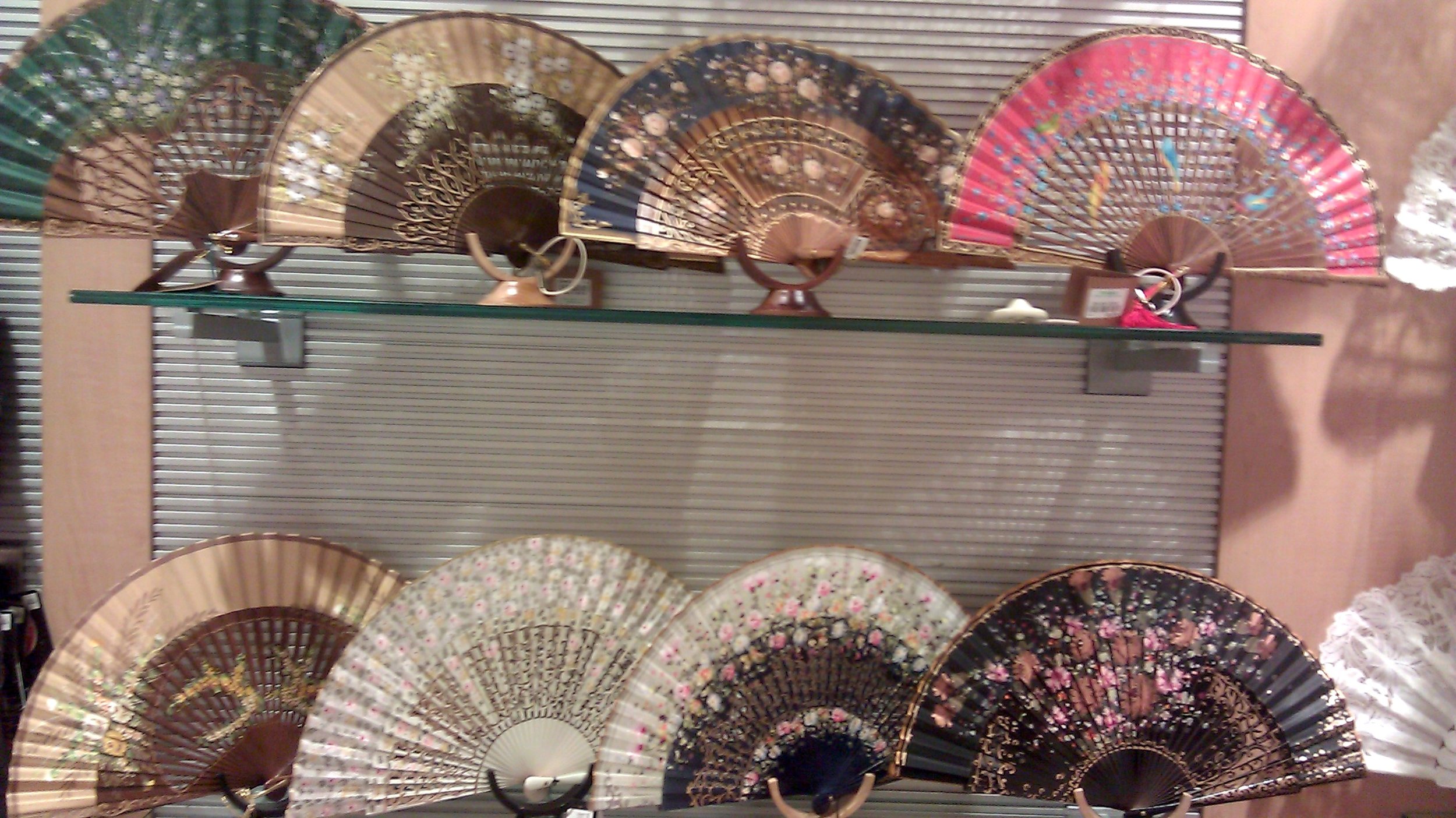
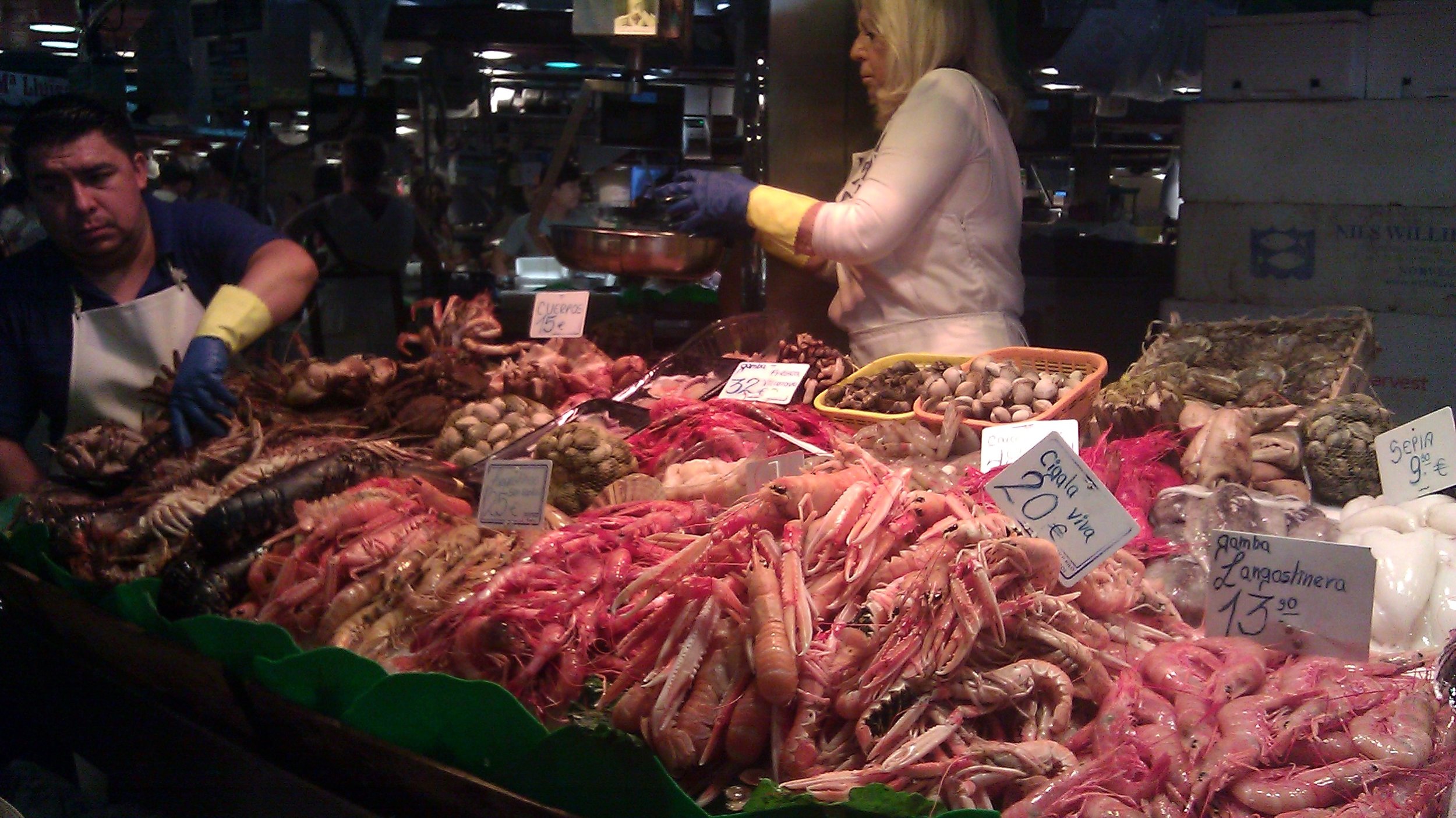
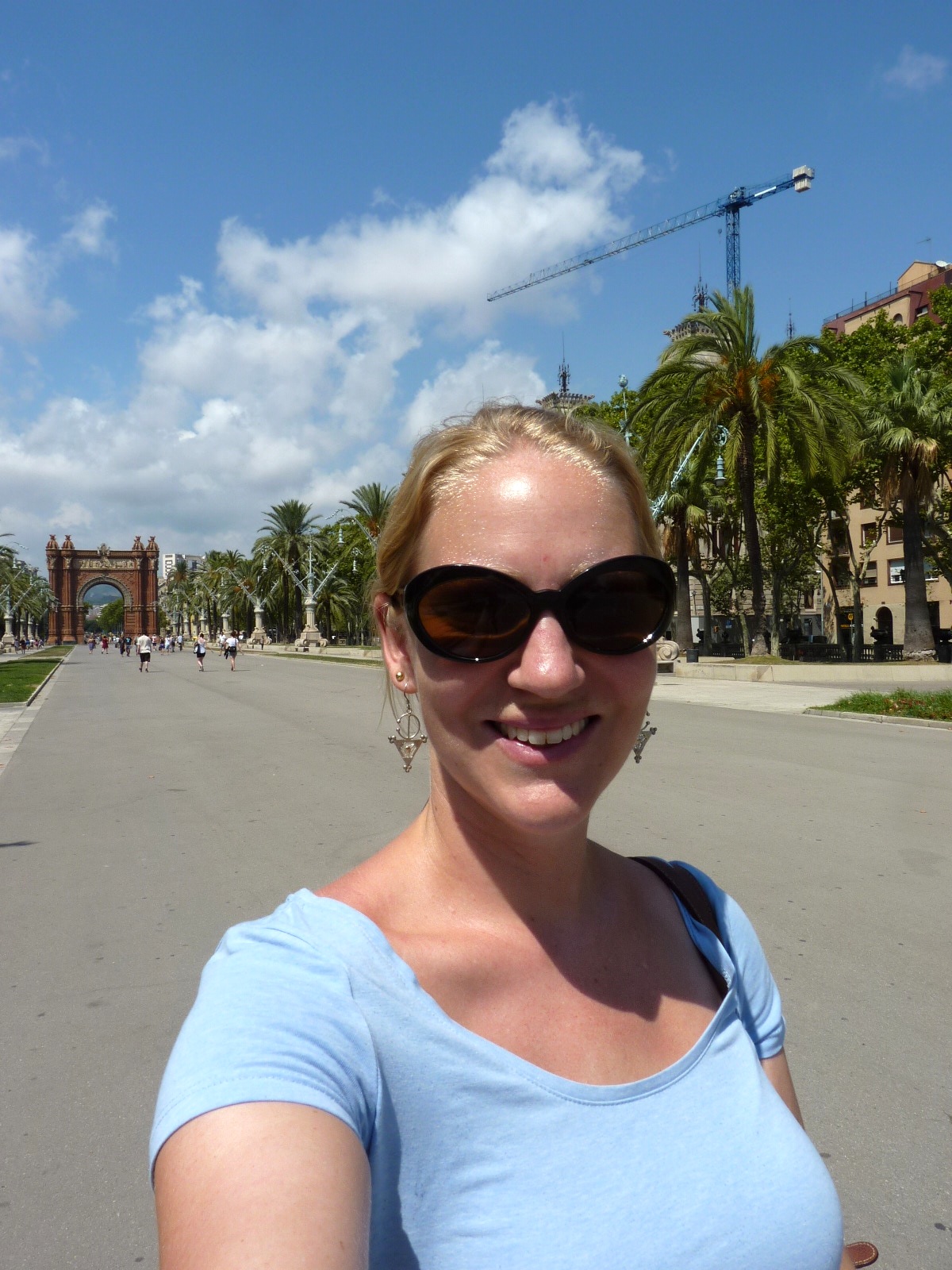

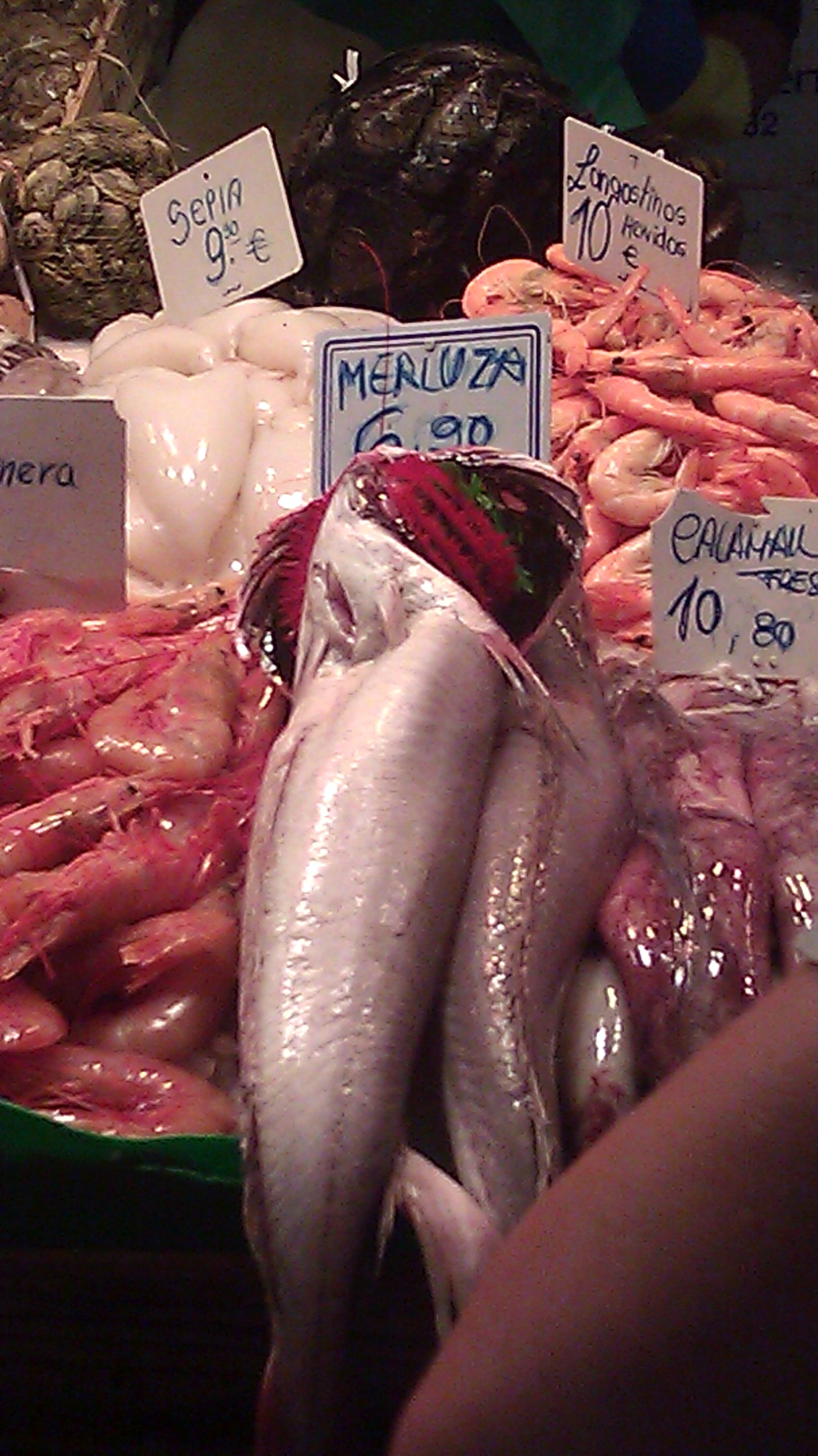
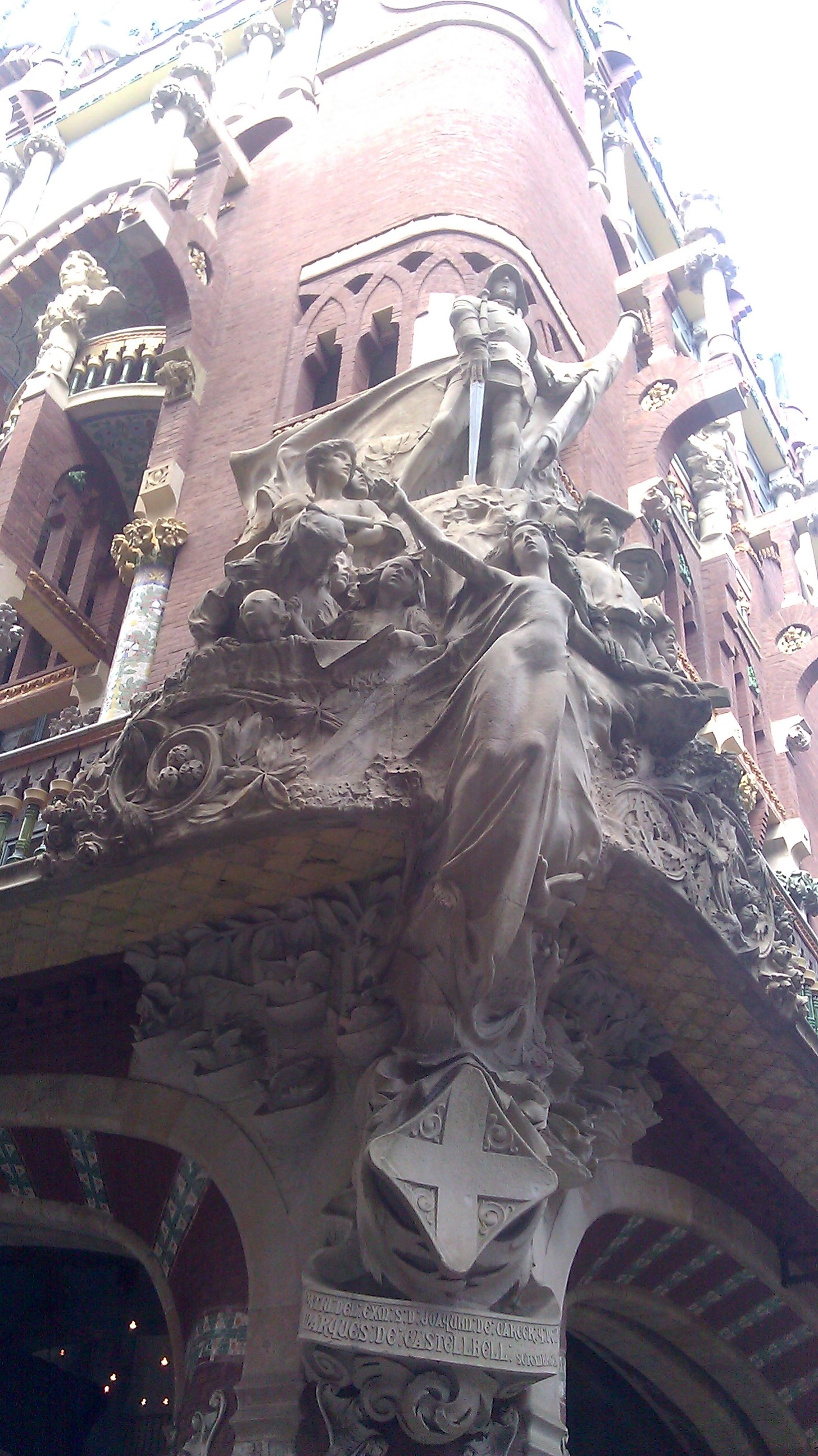
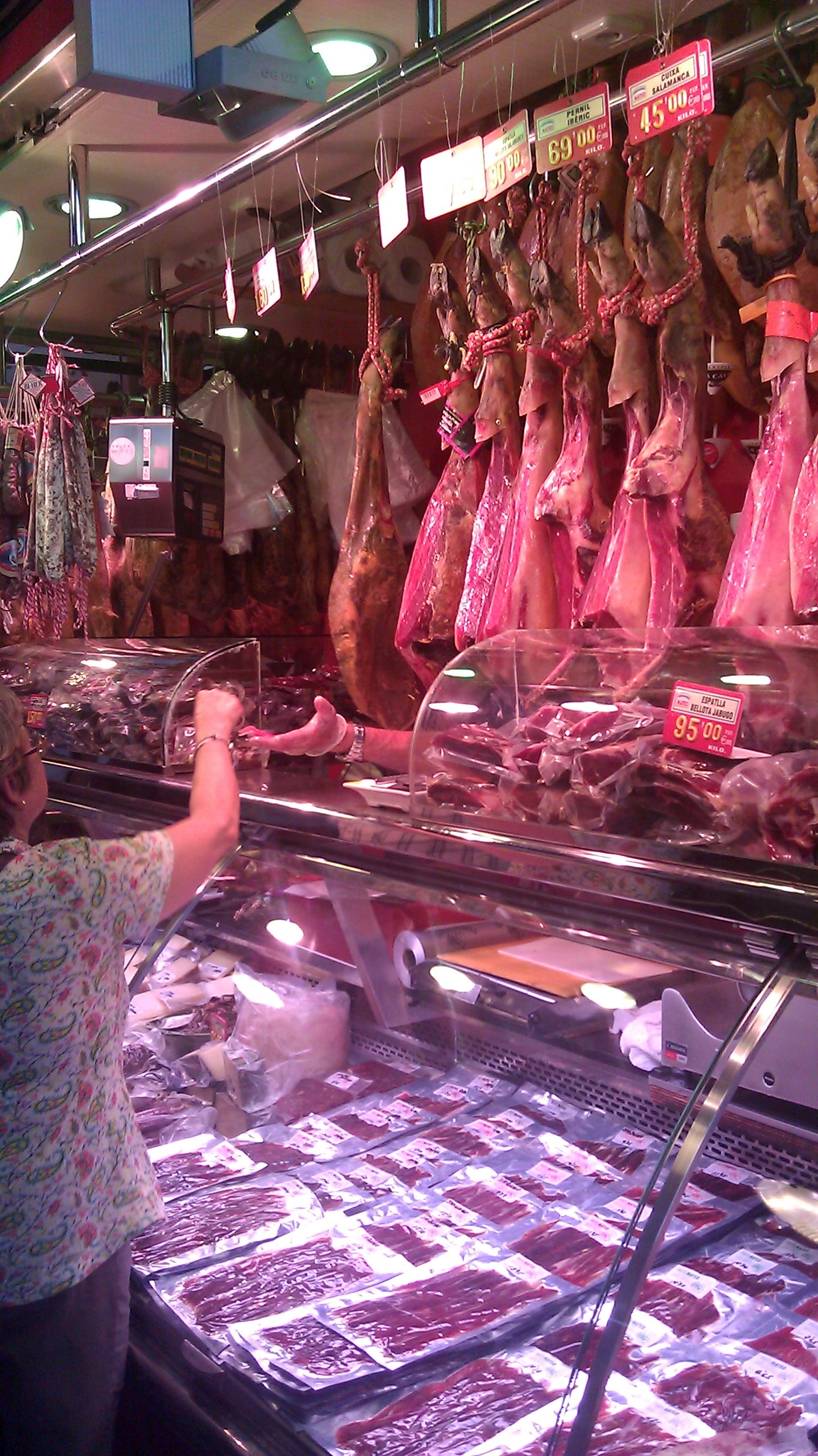
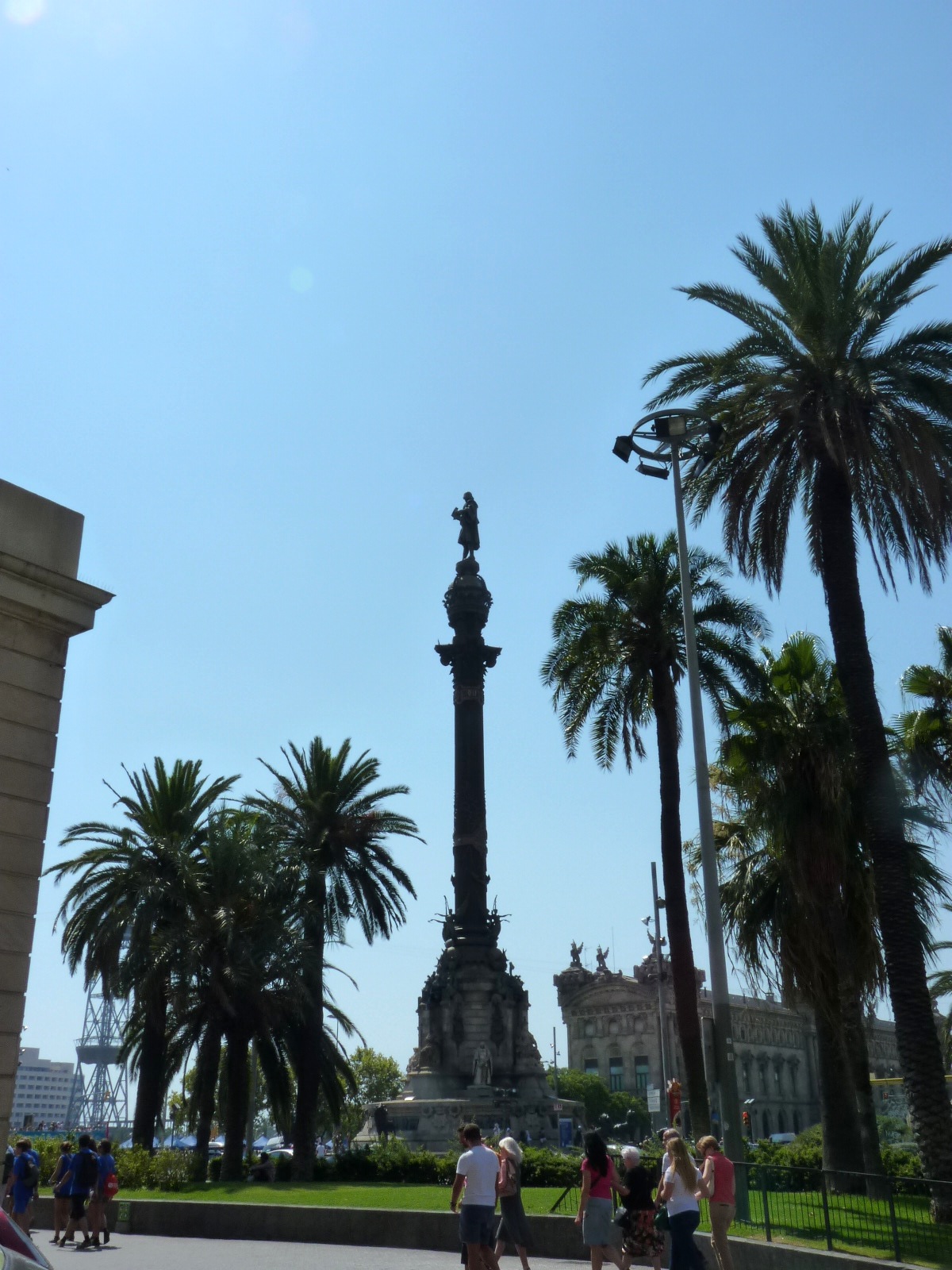


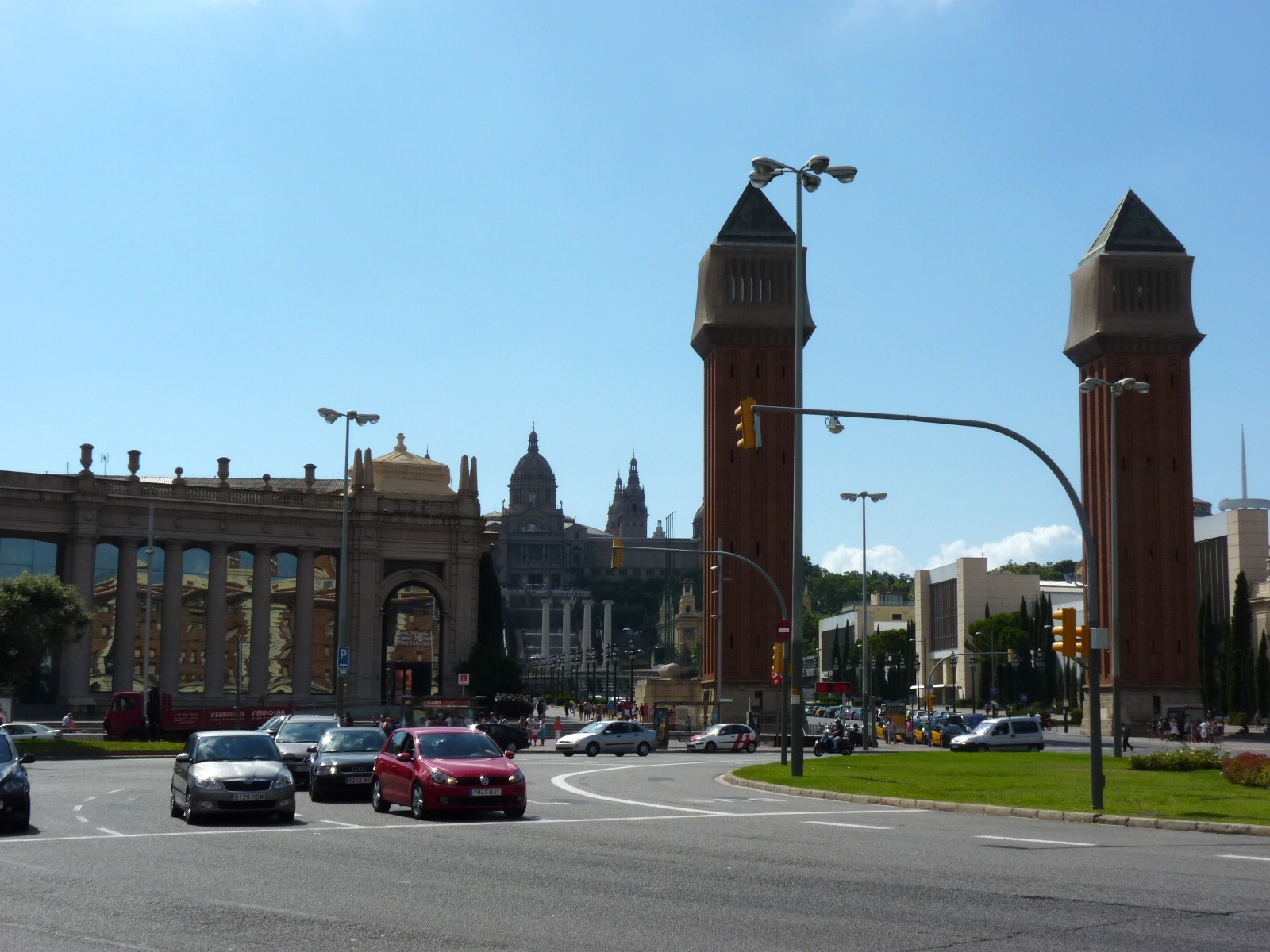
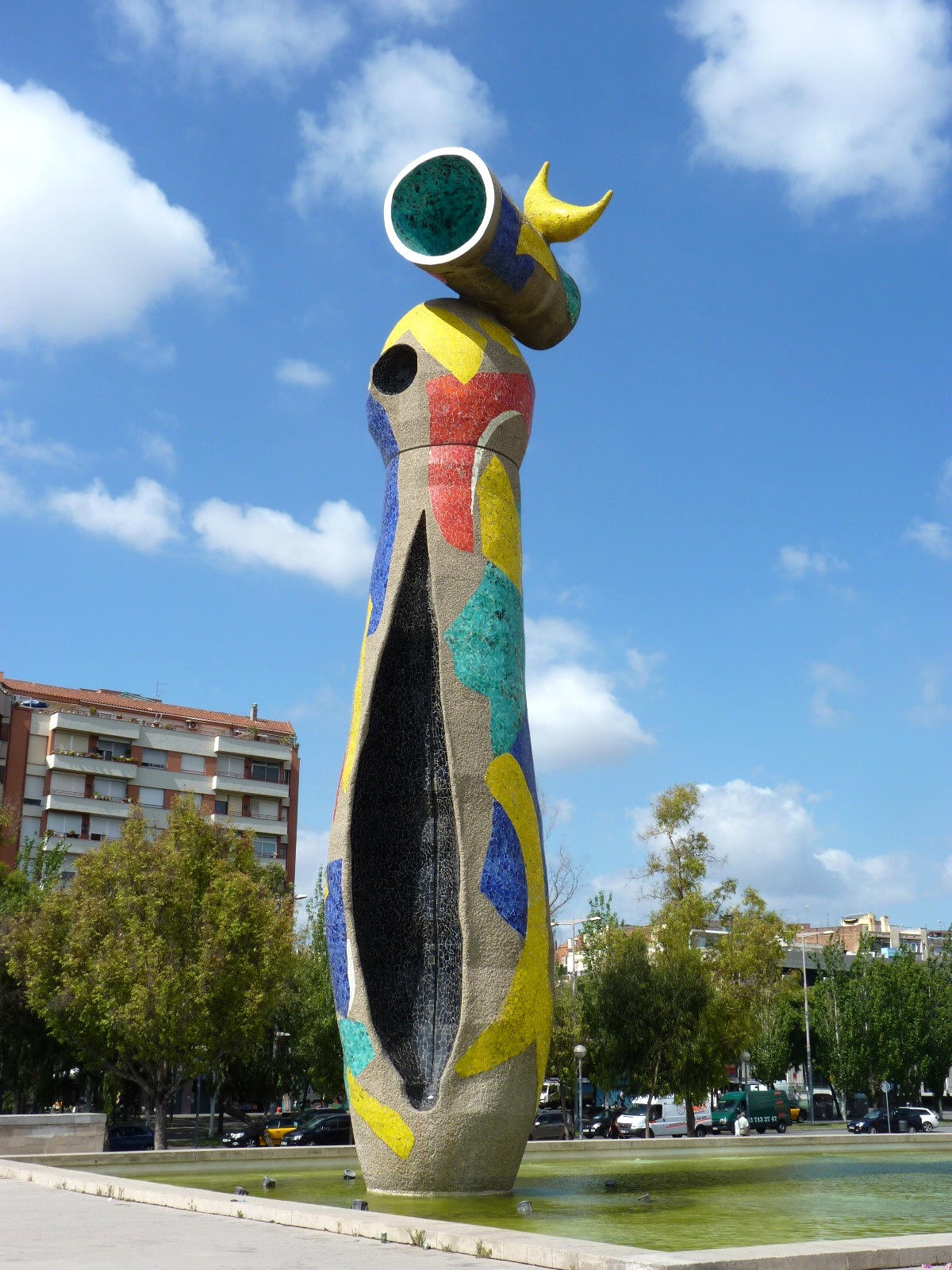 Not far past the gate a young man came up to me and asked me where the Olympic Park was. Although I thought it odd that he was clearly Spanish, I figured that there are a ton of Spanish tourists and maybe he was just lost, so I looked at his map (which was completely in tatters) and started to help him find it. Bizarre event #1.
Not far past the gate a young man came up to me and asked me where the Olympic Park was. Although I thought it odd that he was clearly Spanish, I figured that there are a ton of Spanish tourists and maybe he was just lost, so I looked at his map (which was completely in tatters) and started to help him find it. Bizarre event #1.